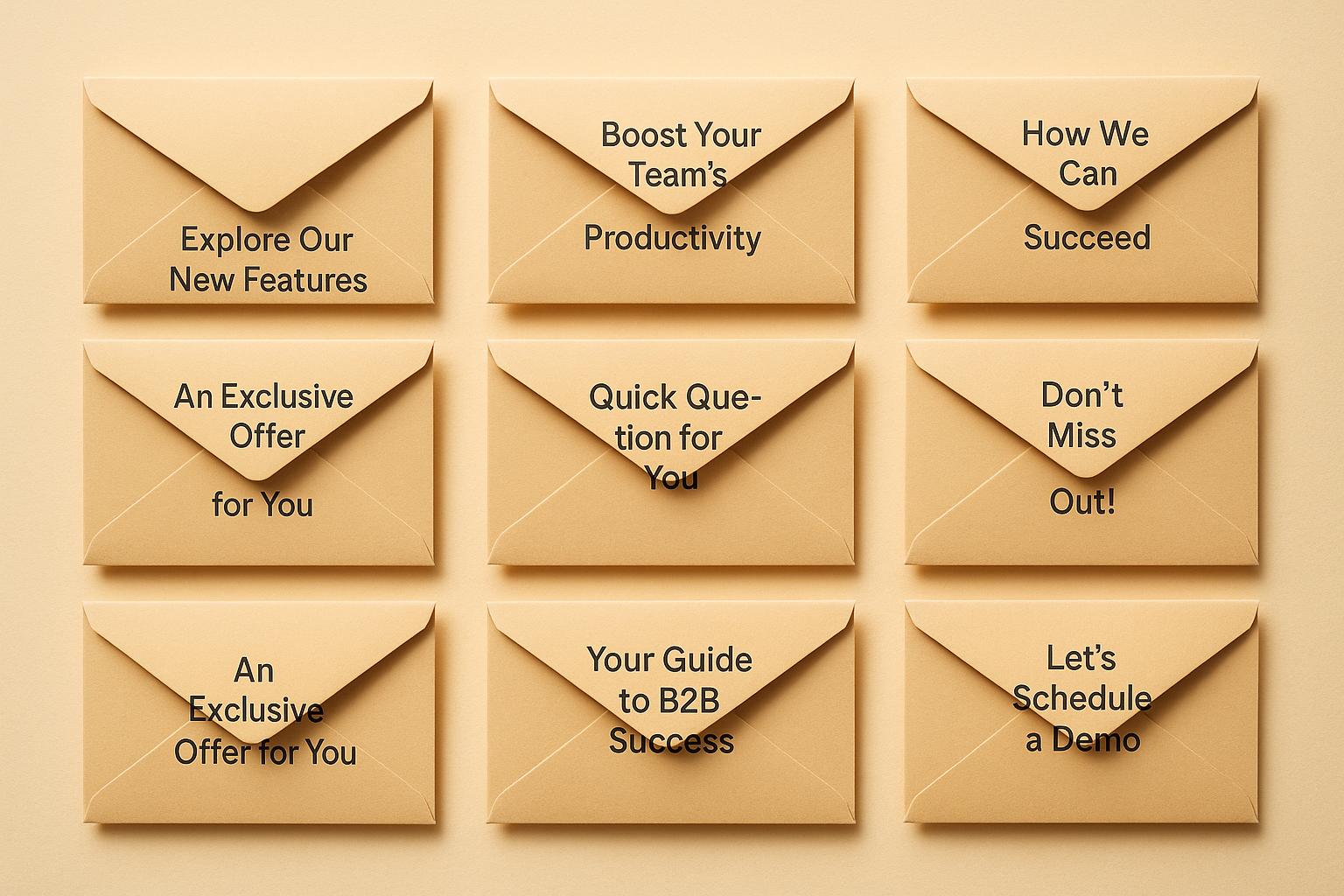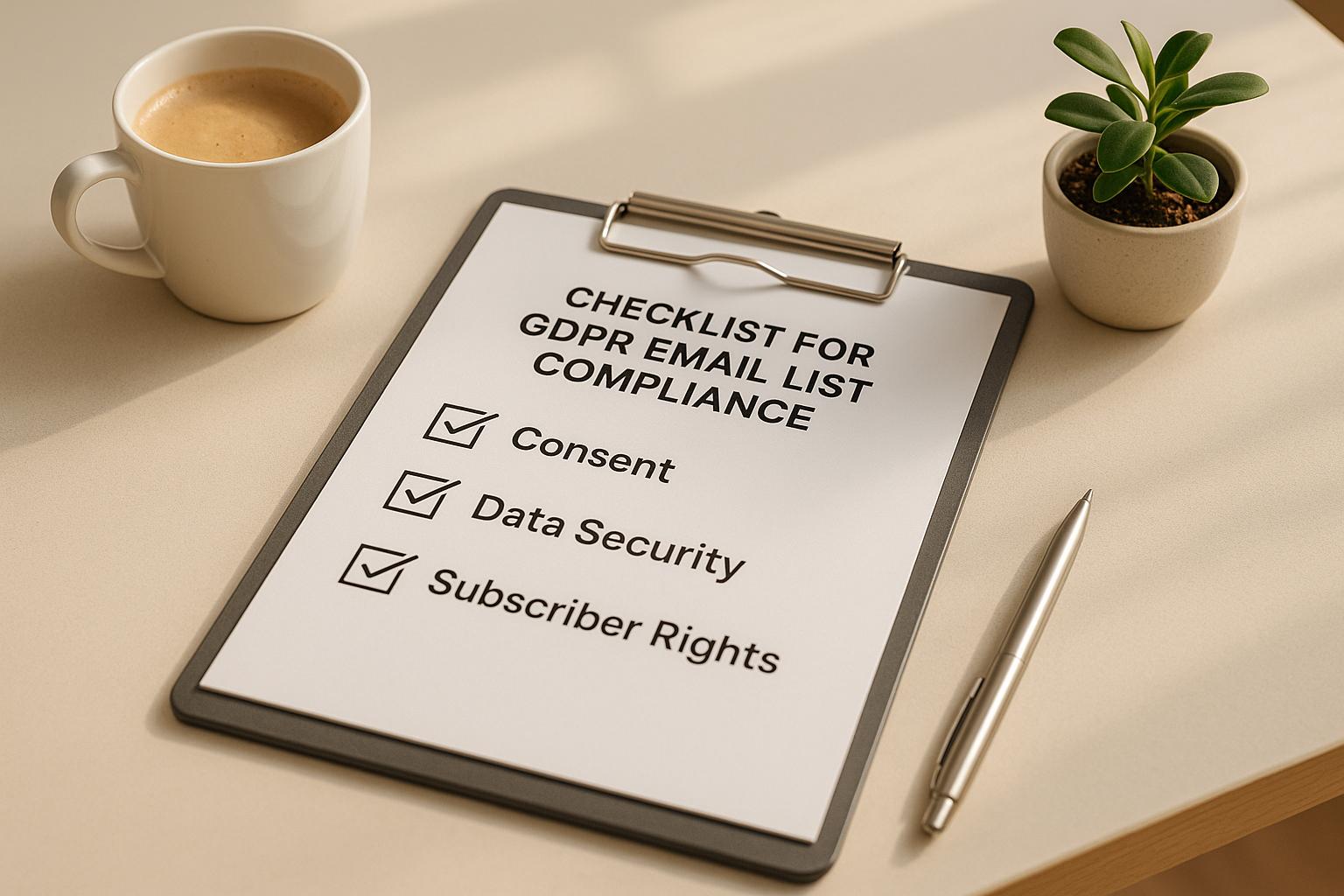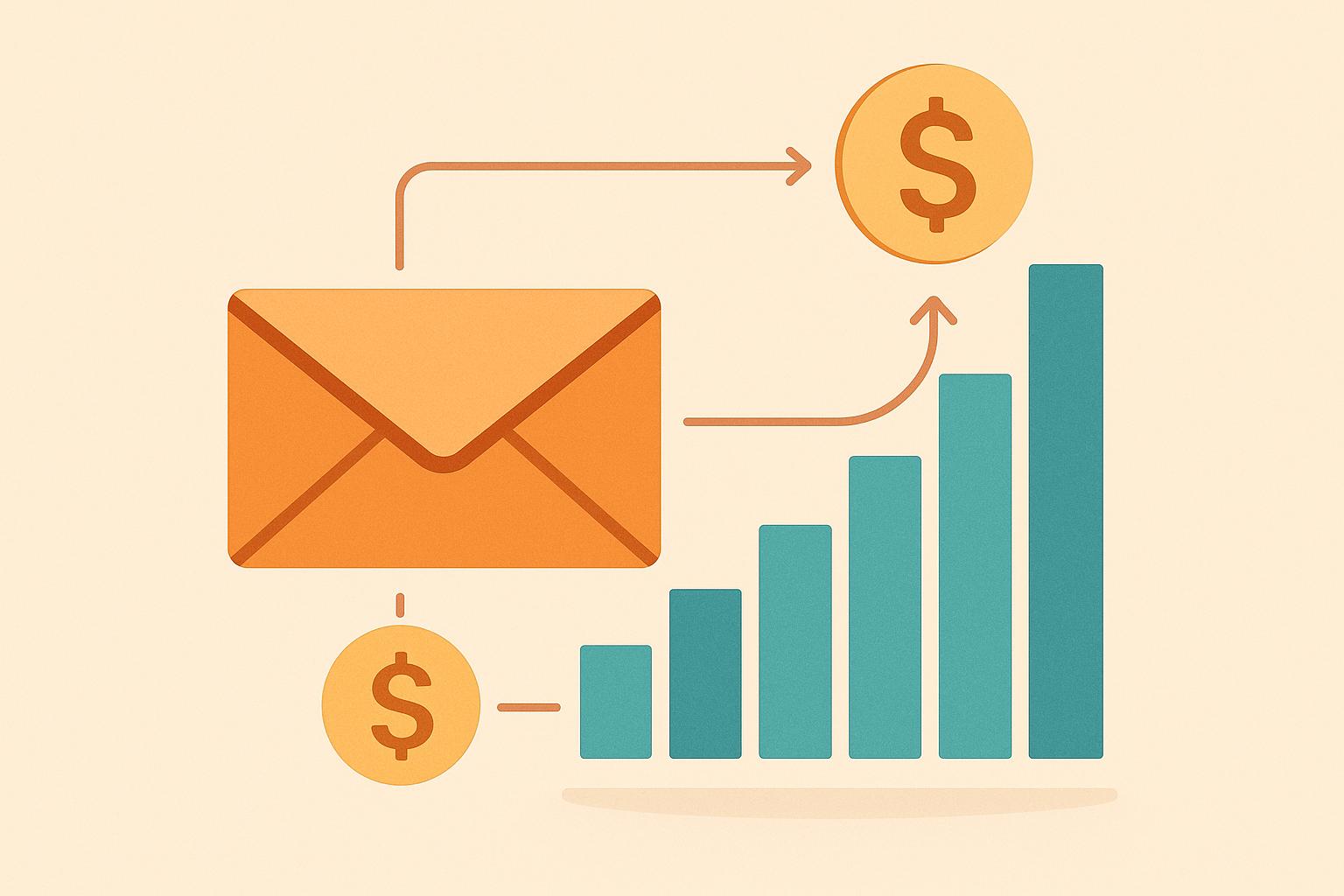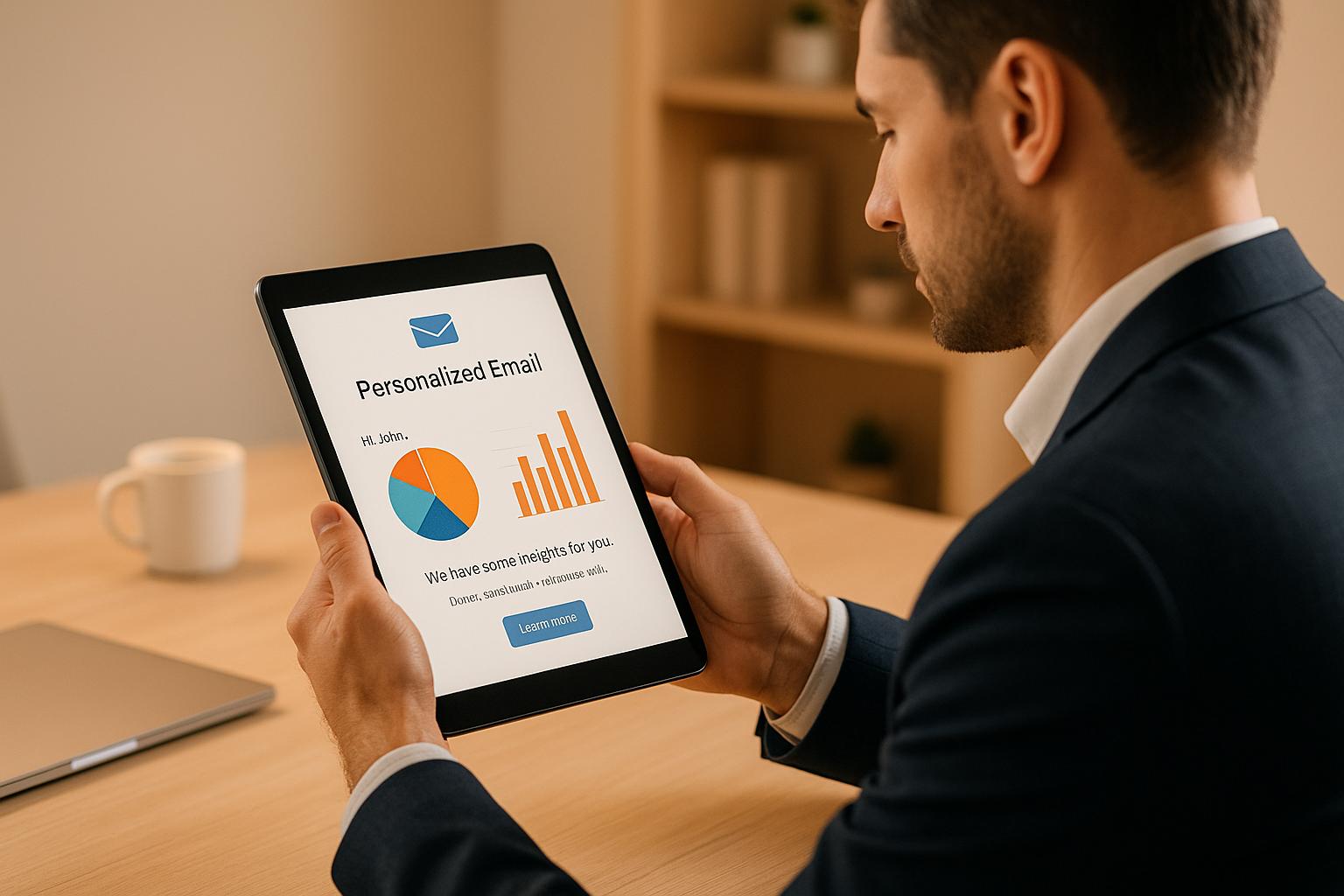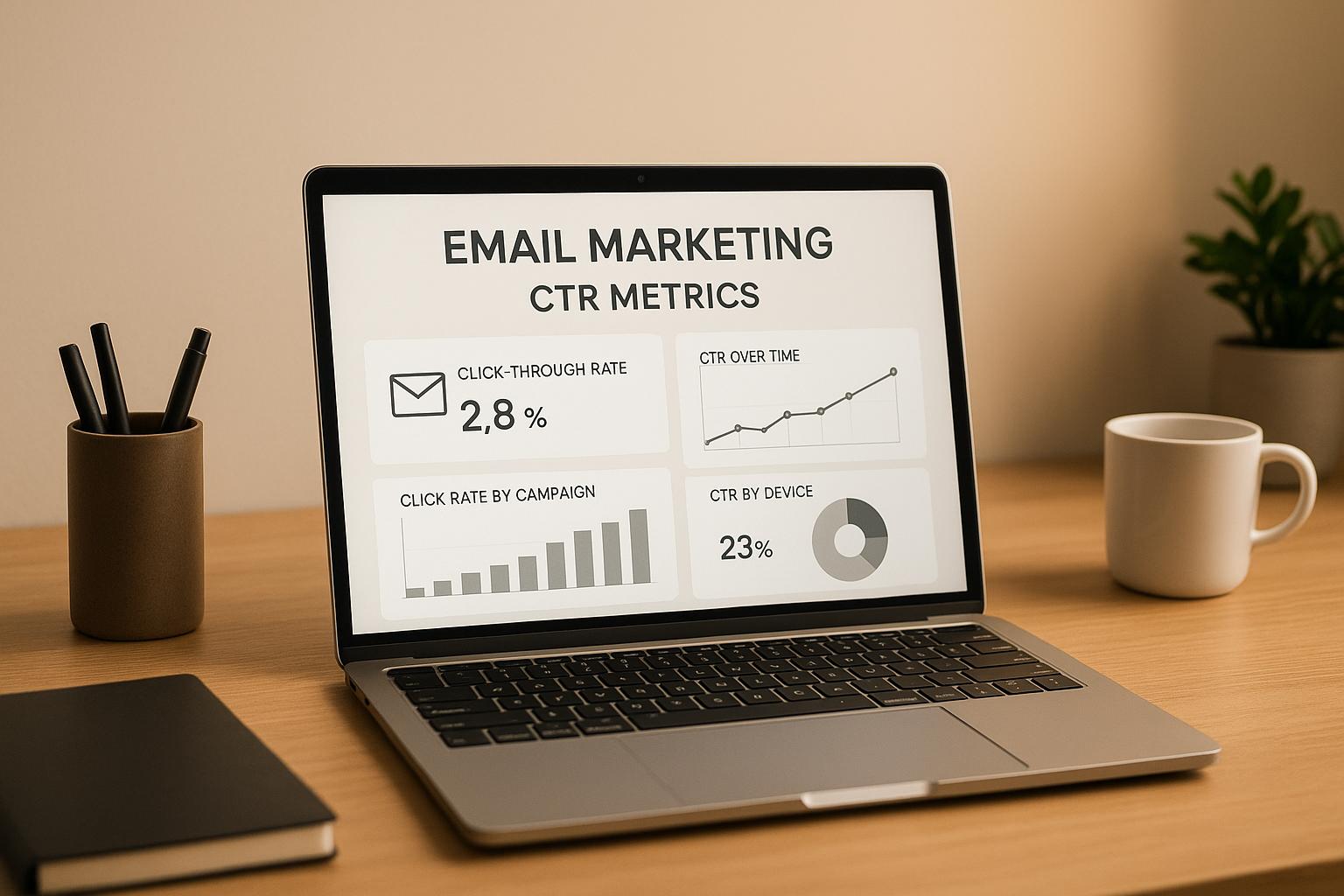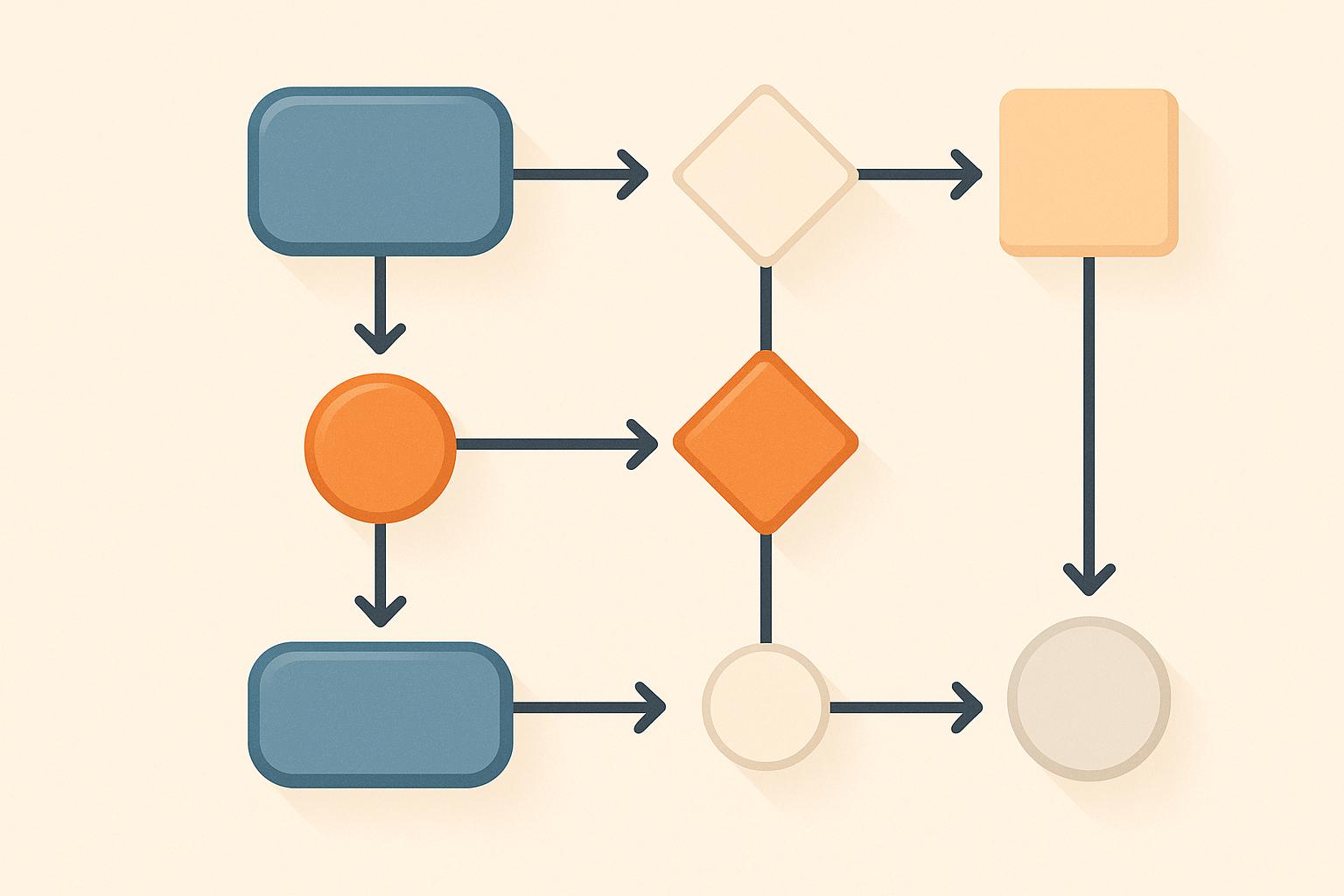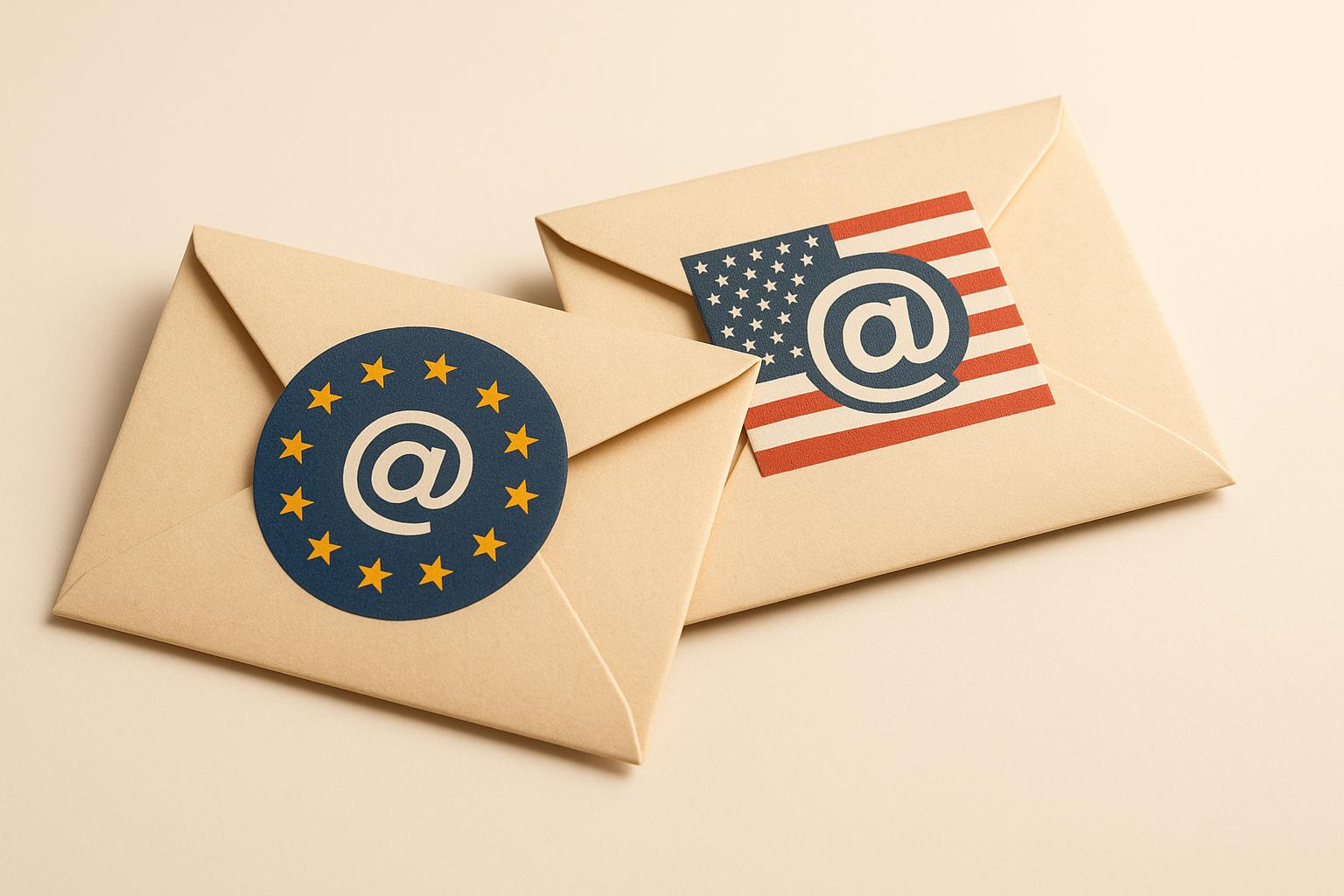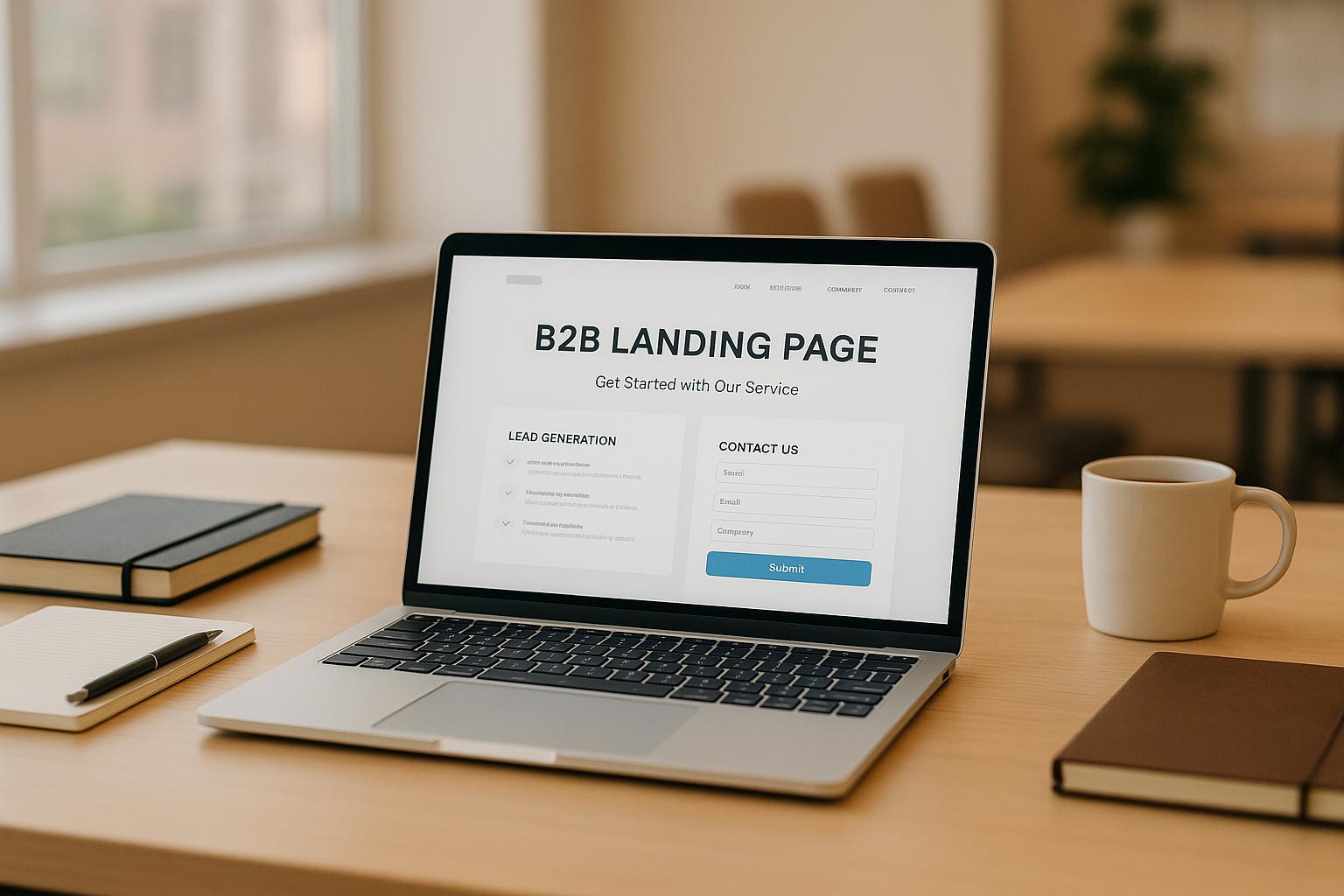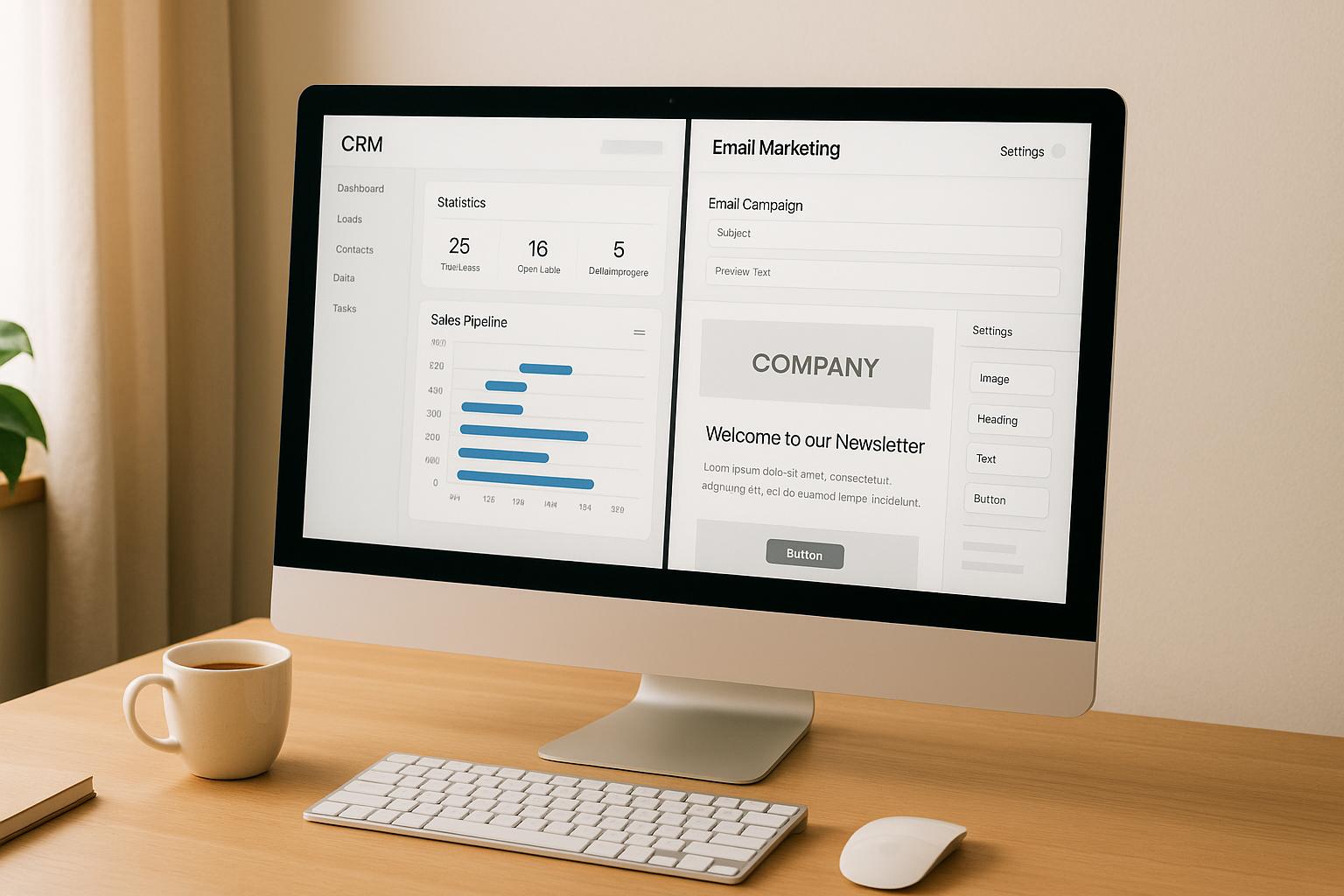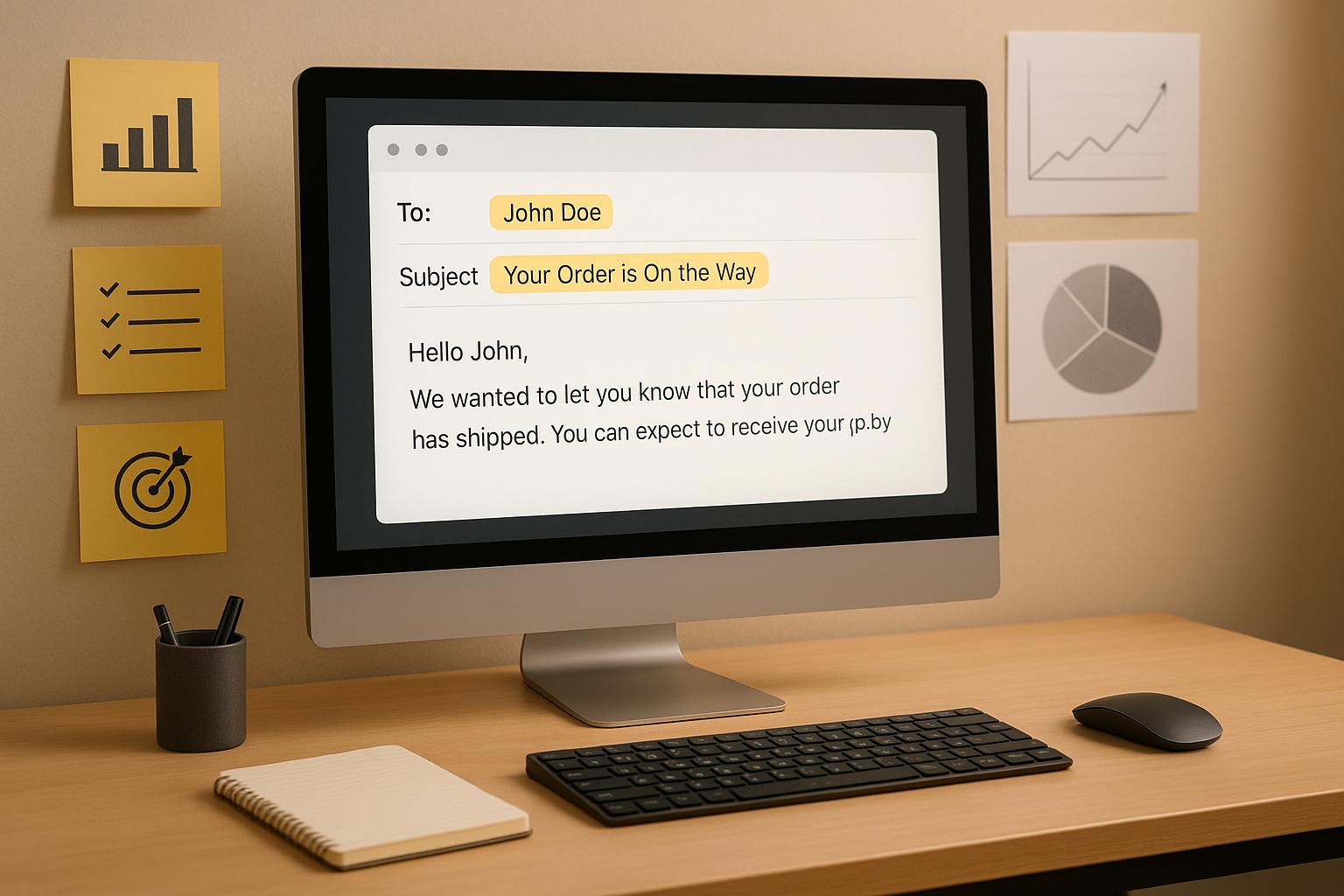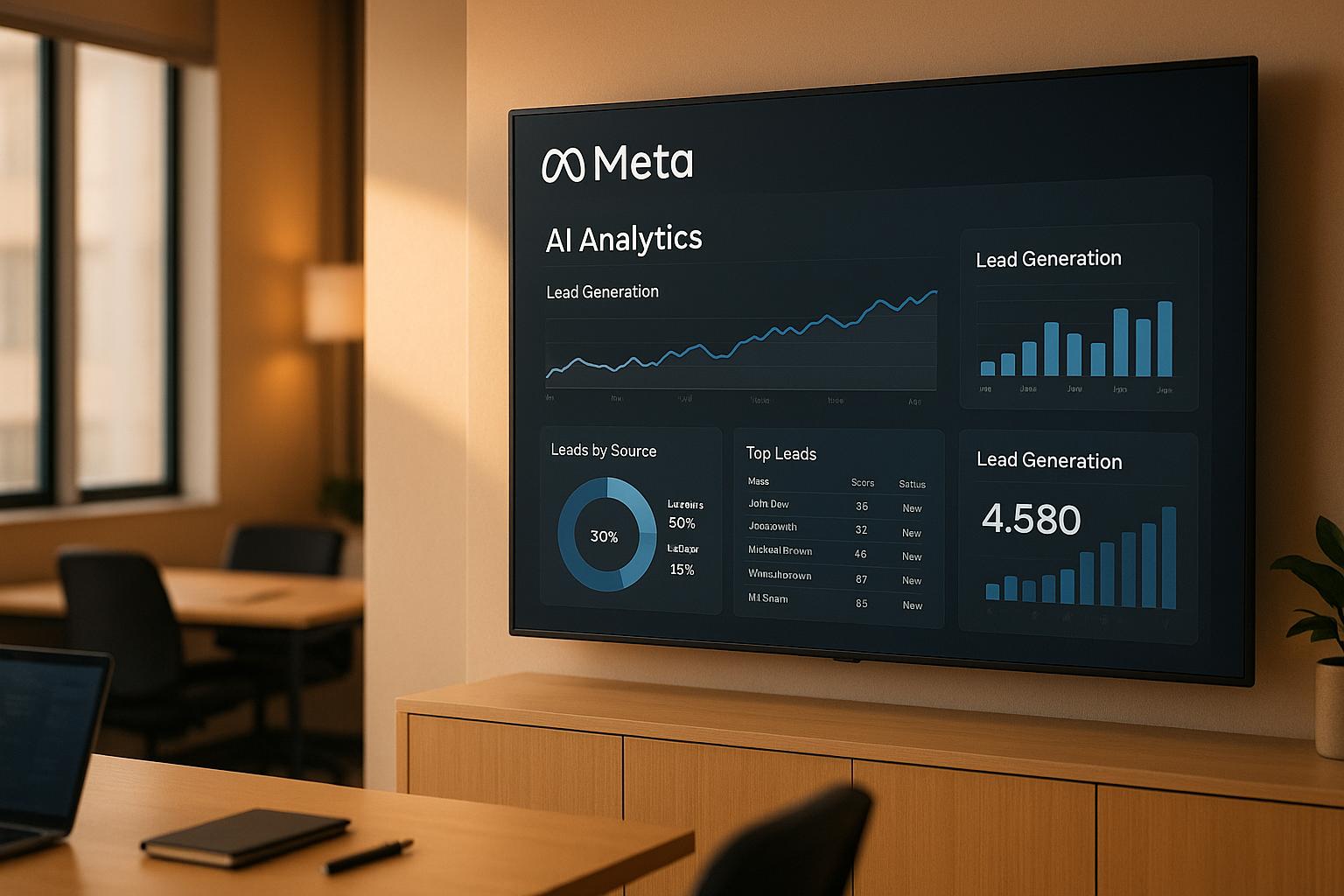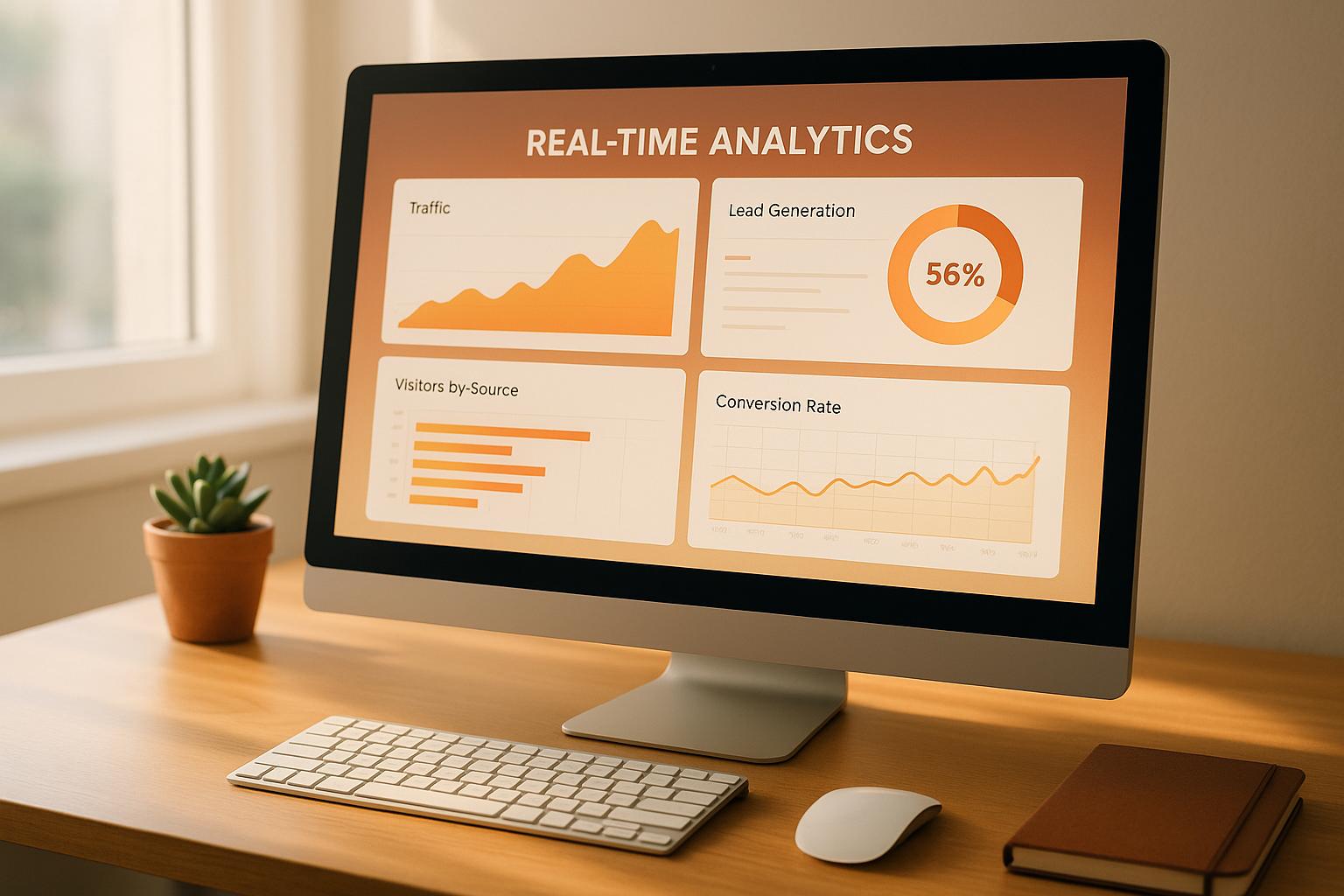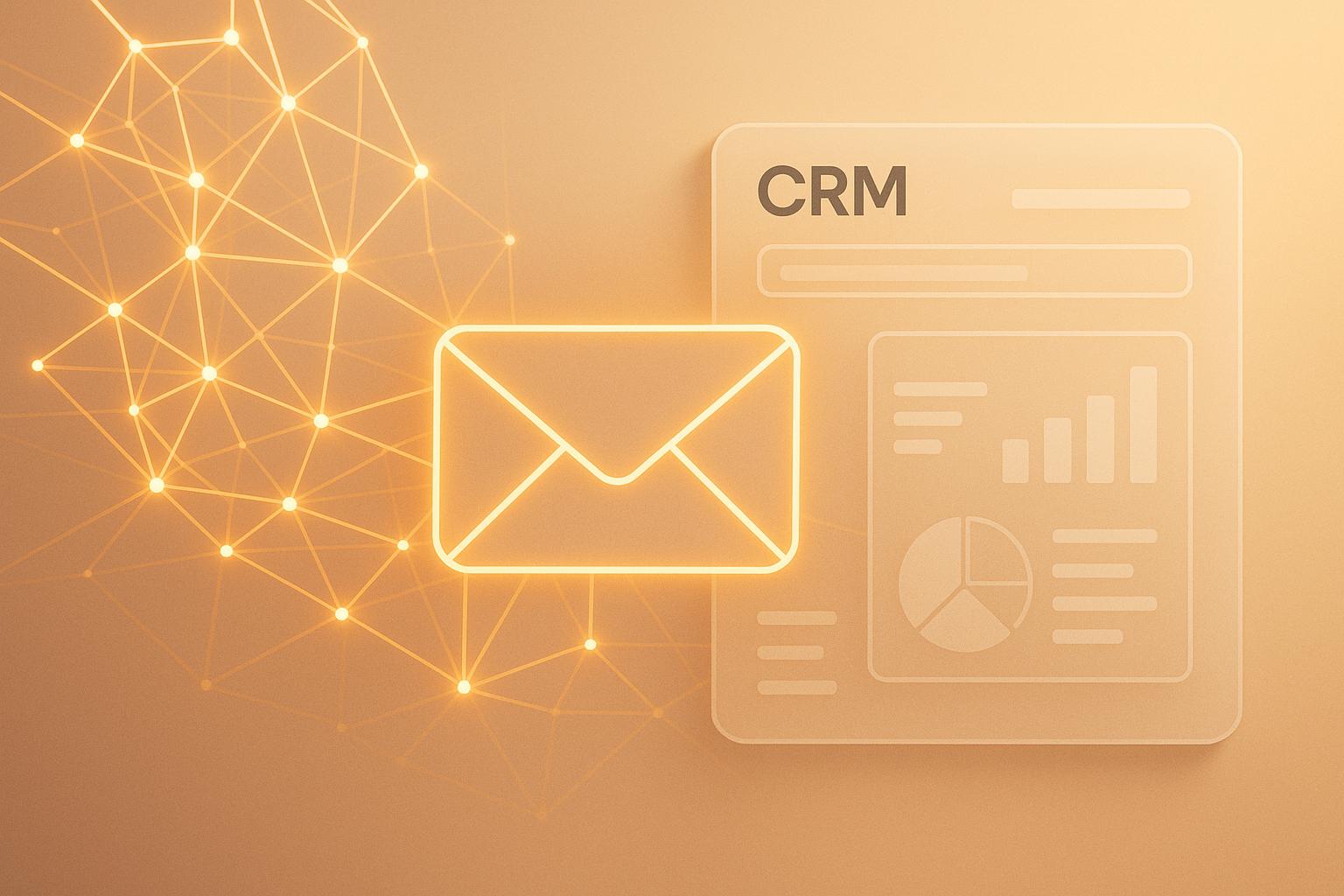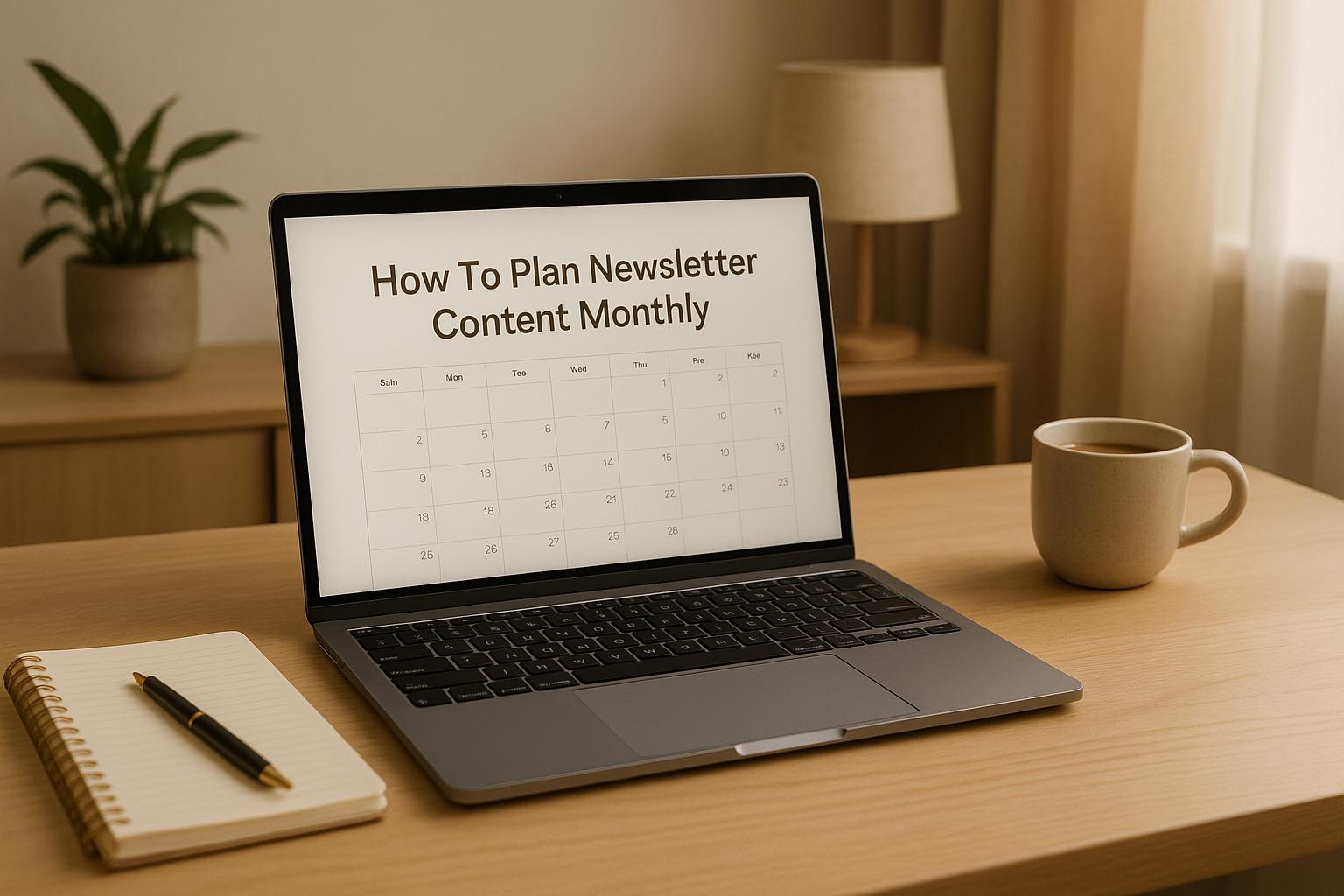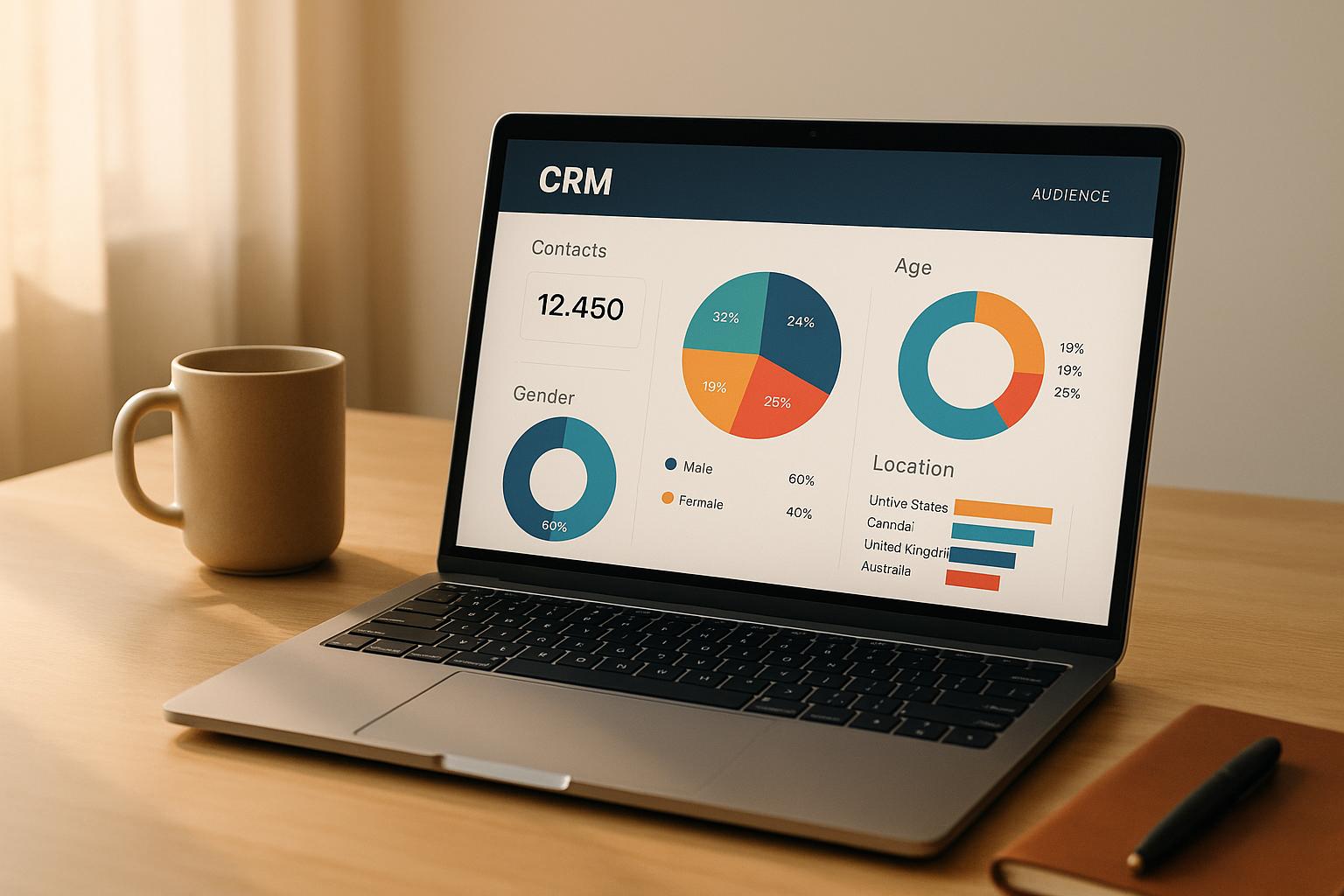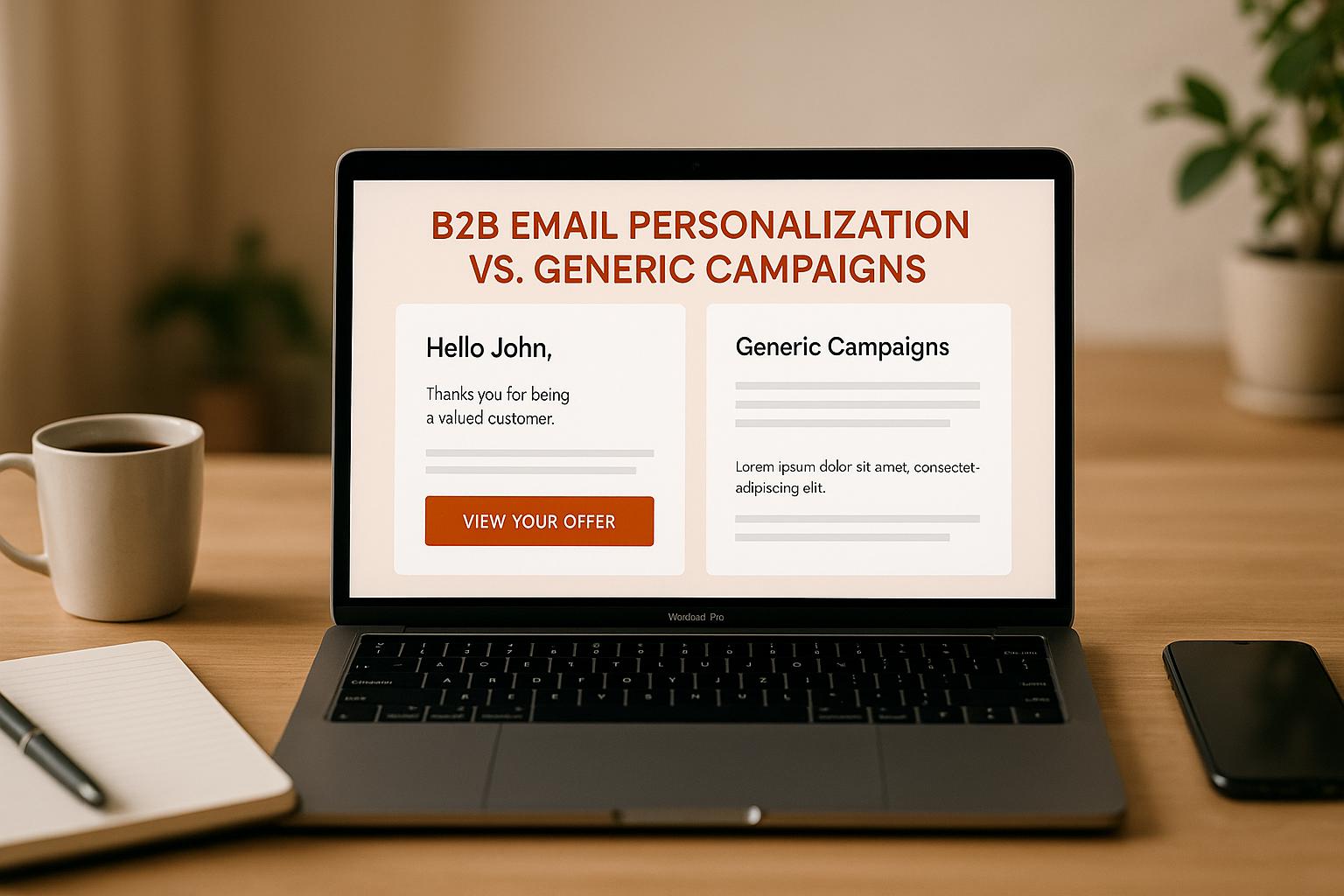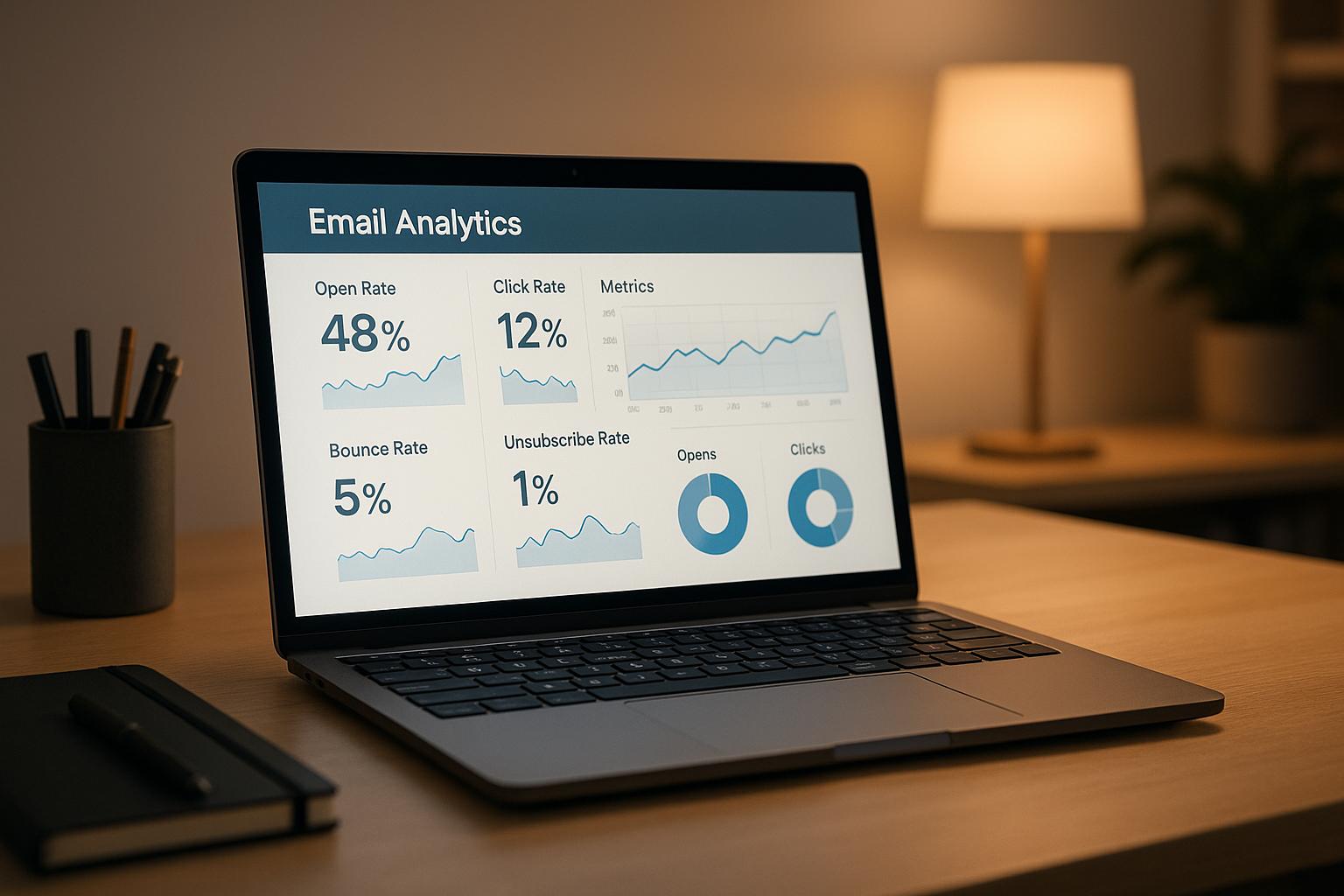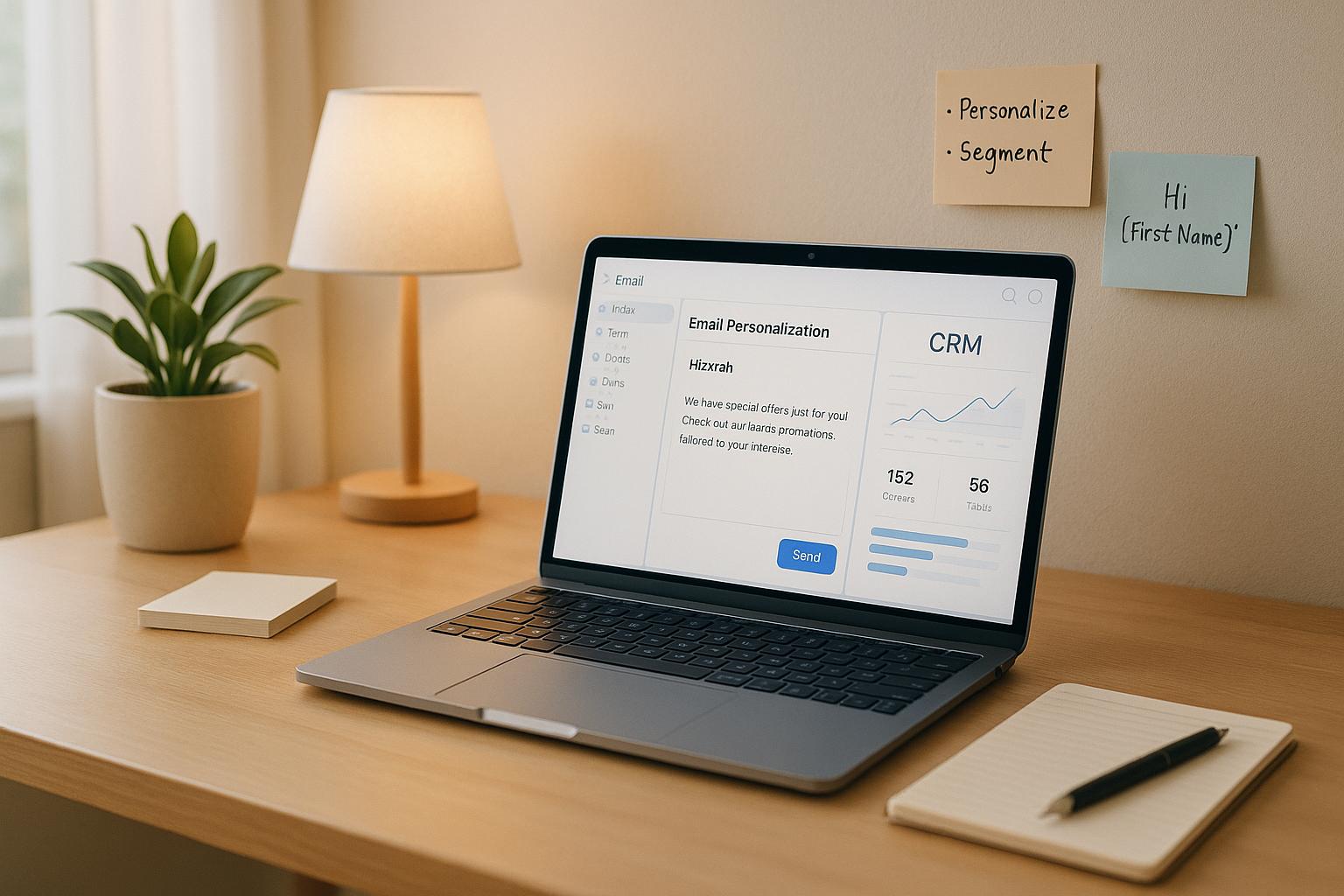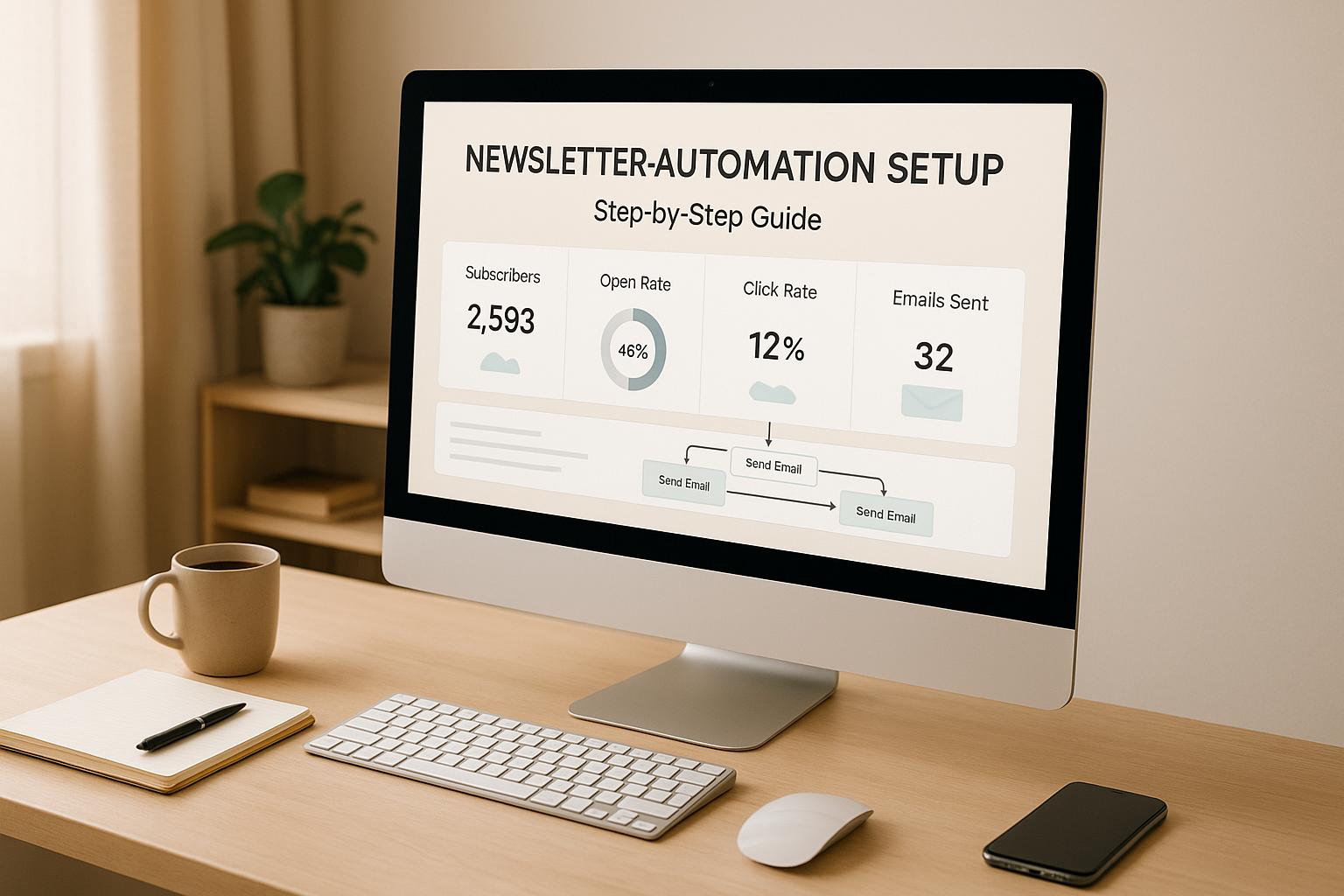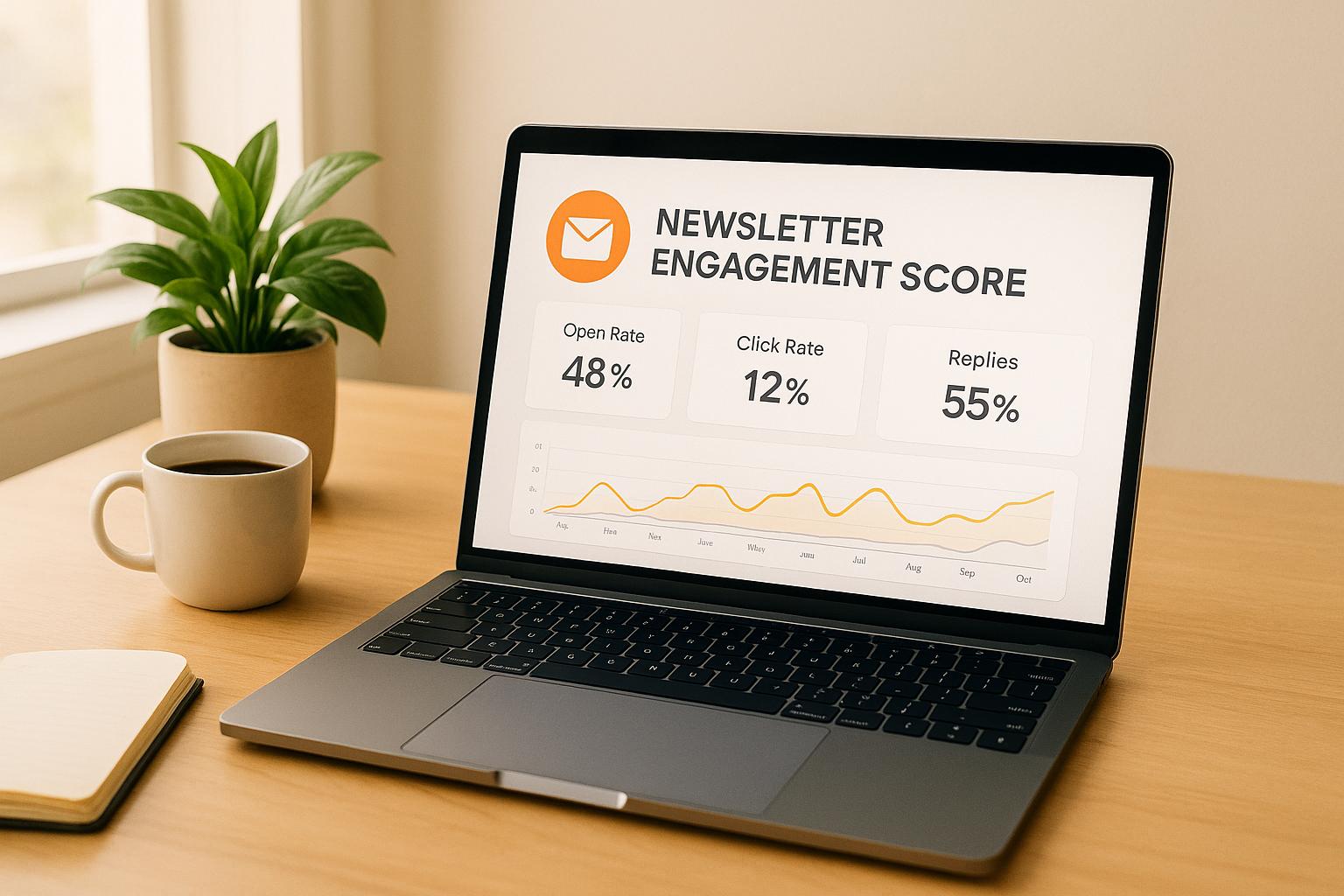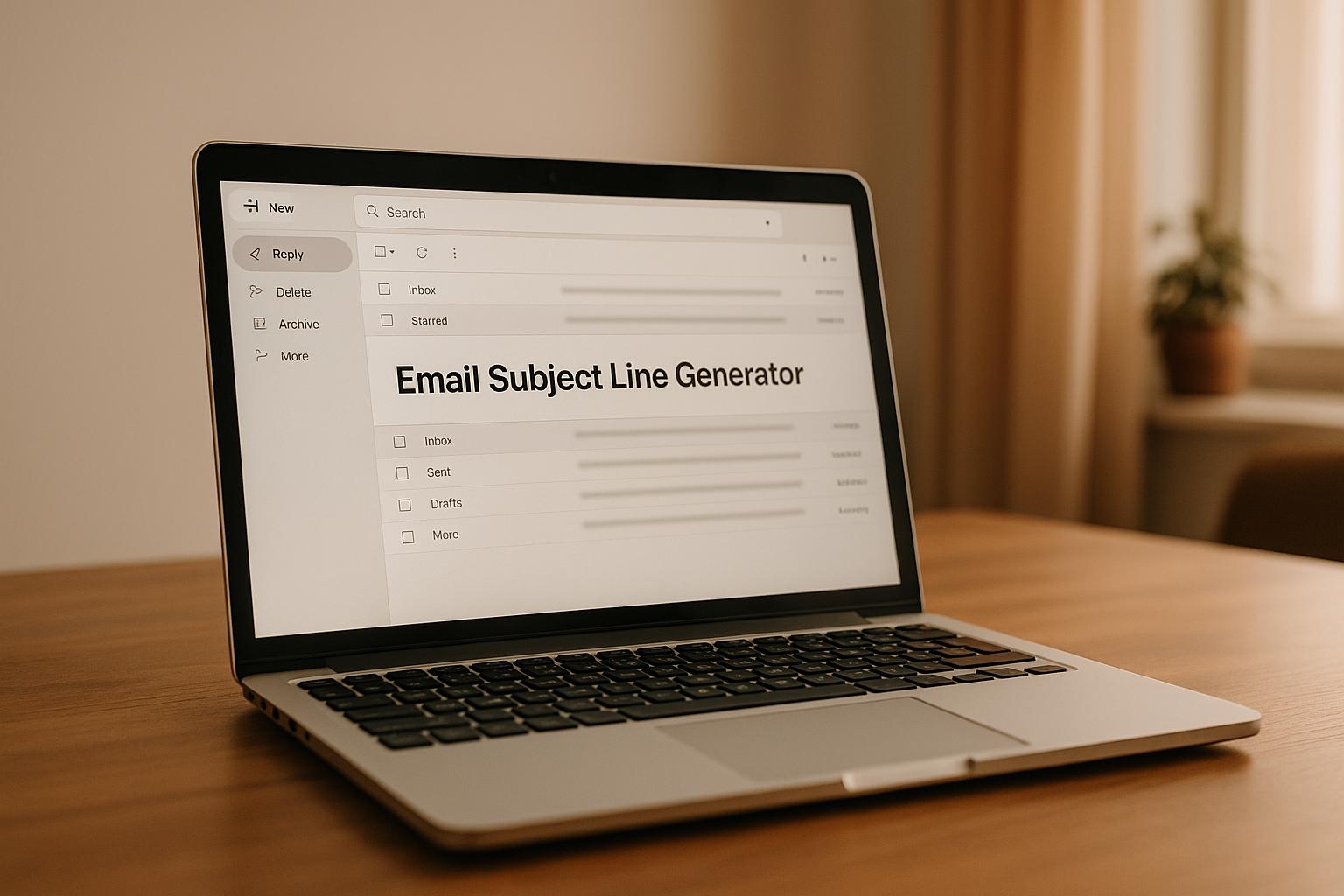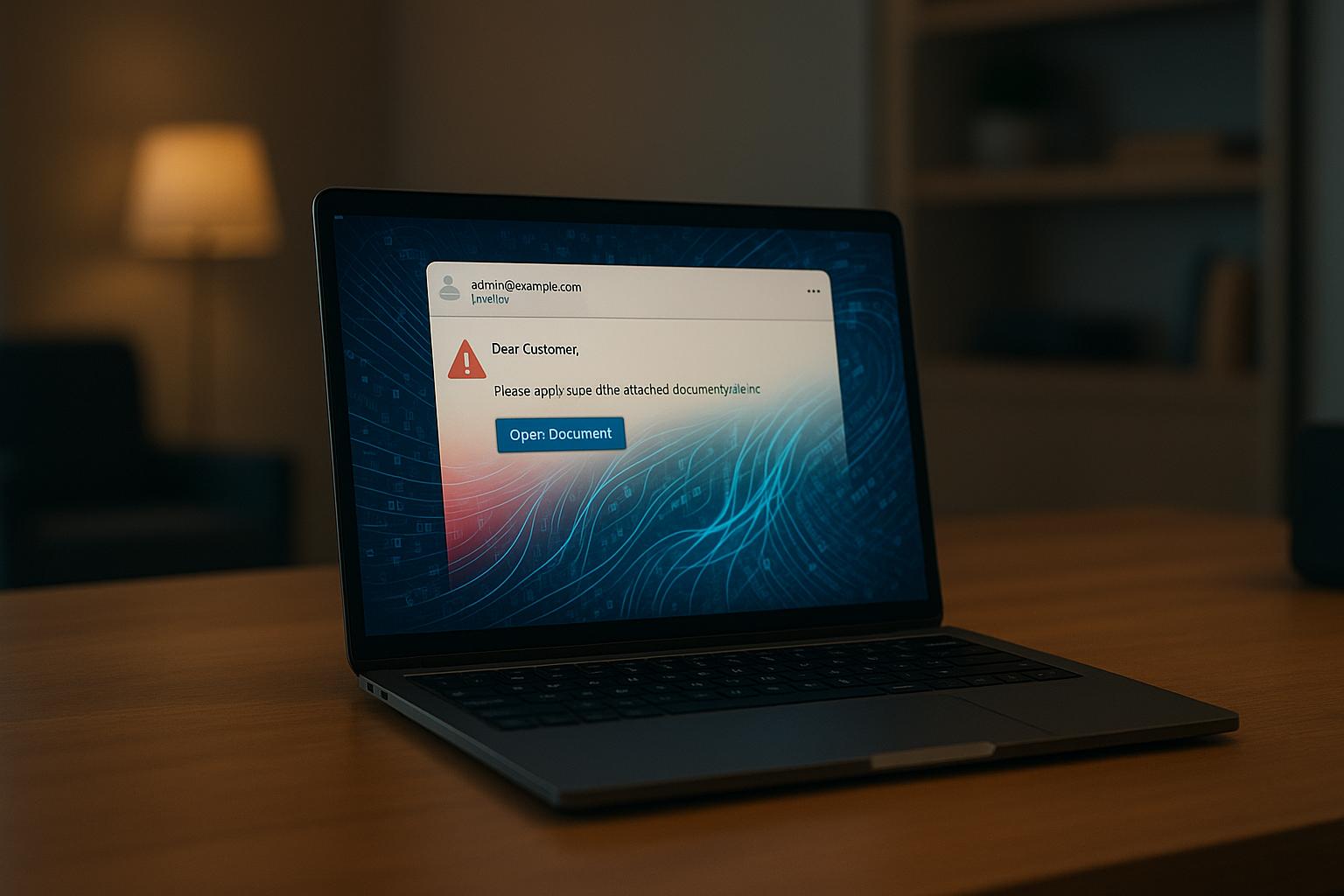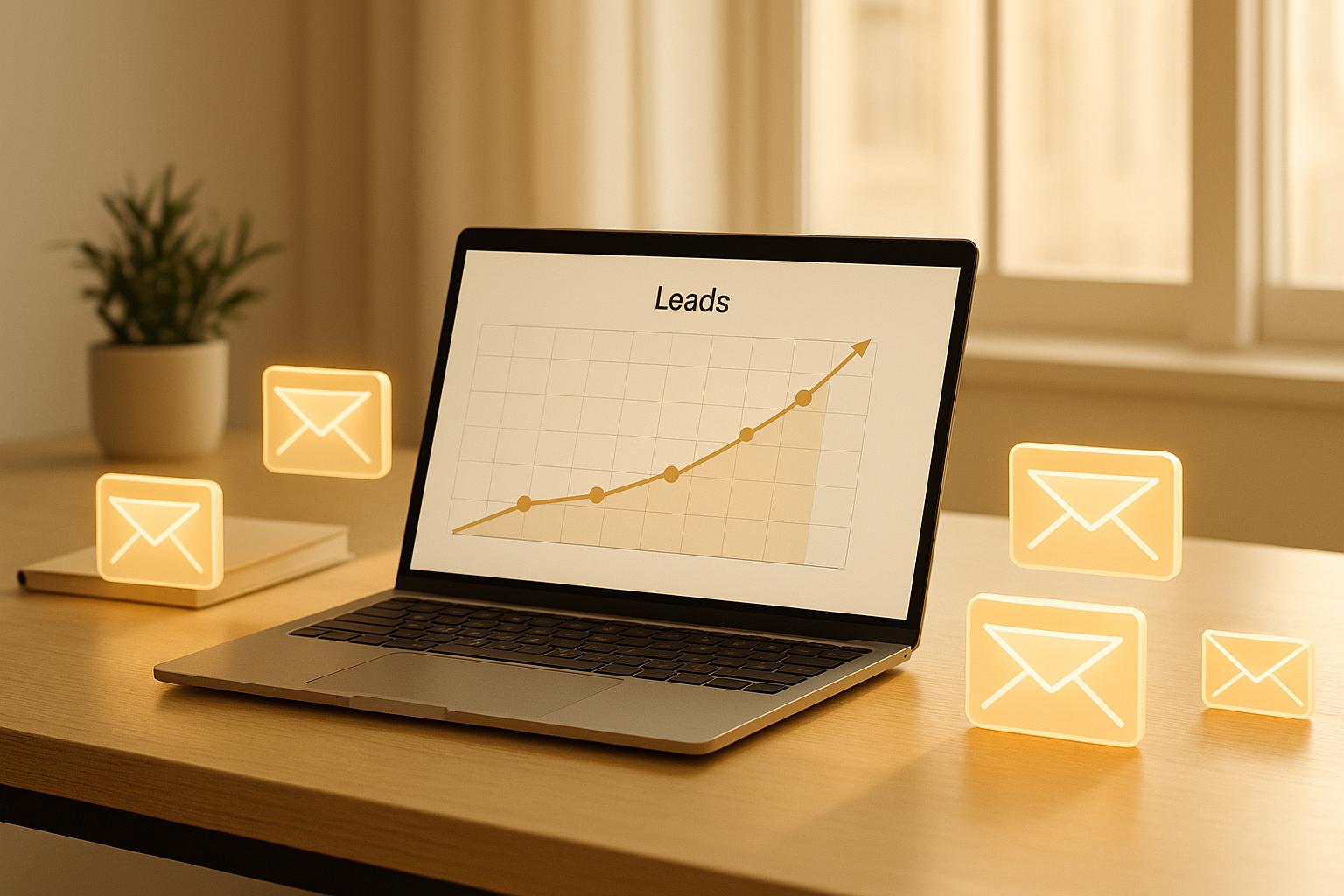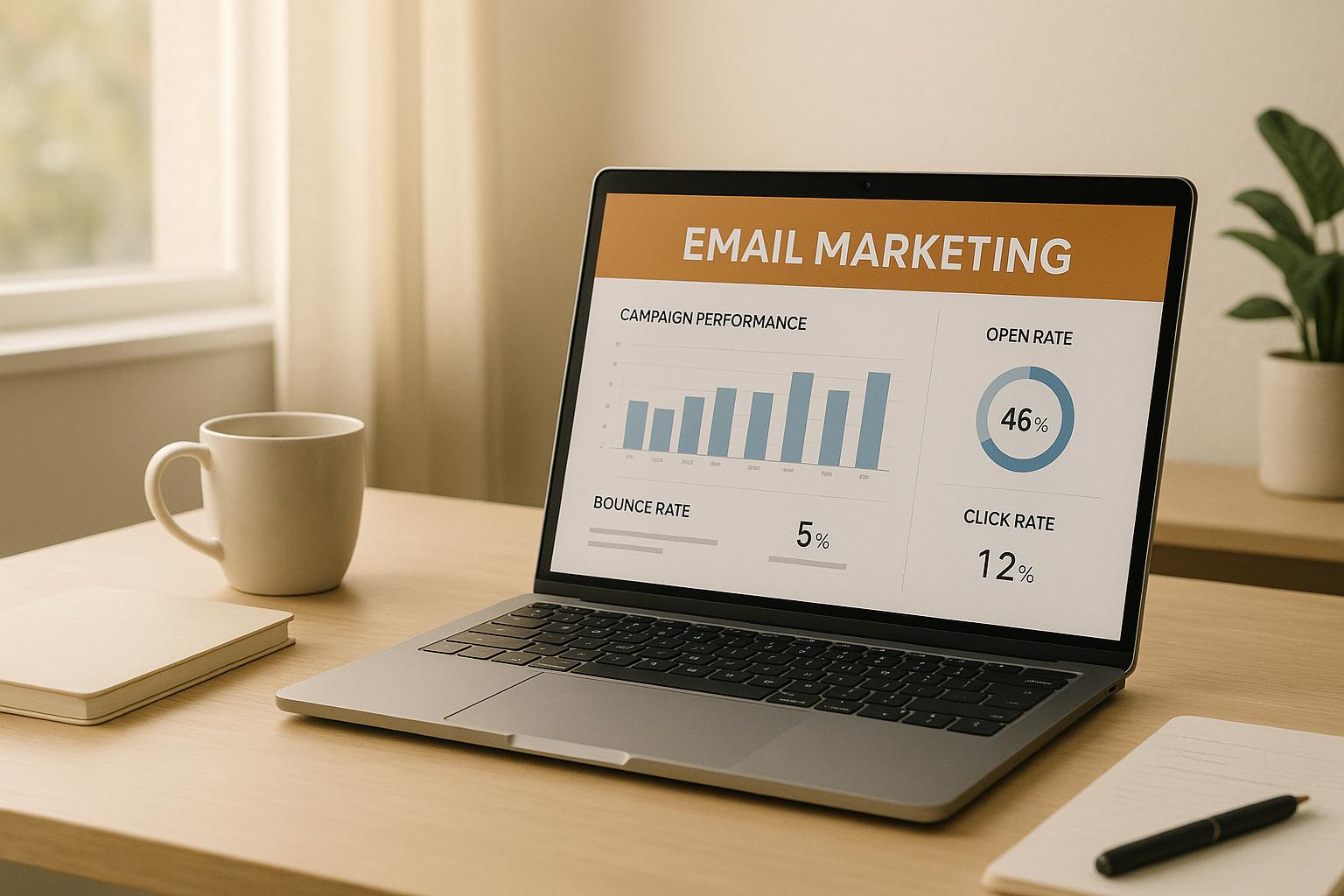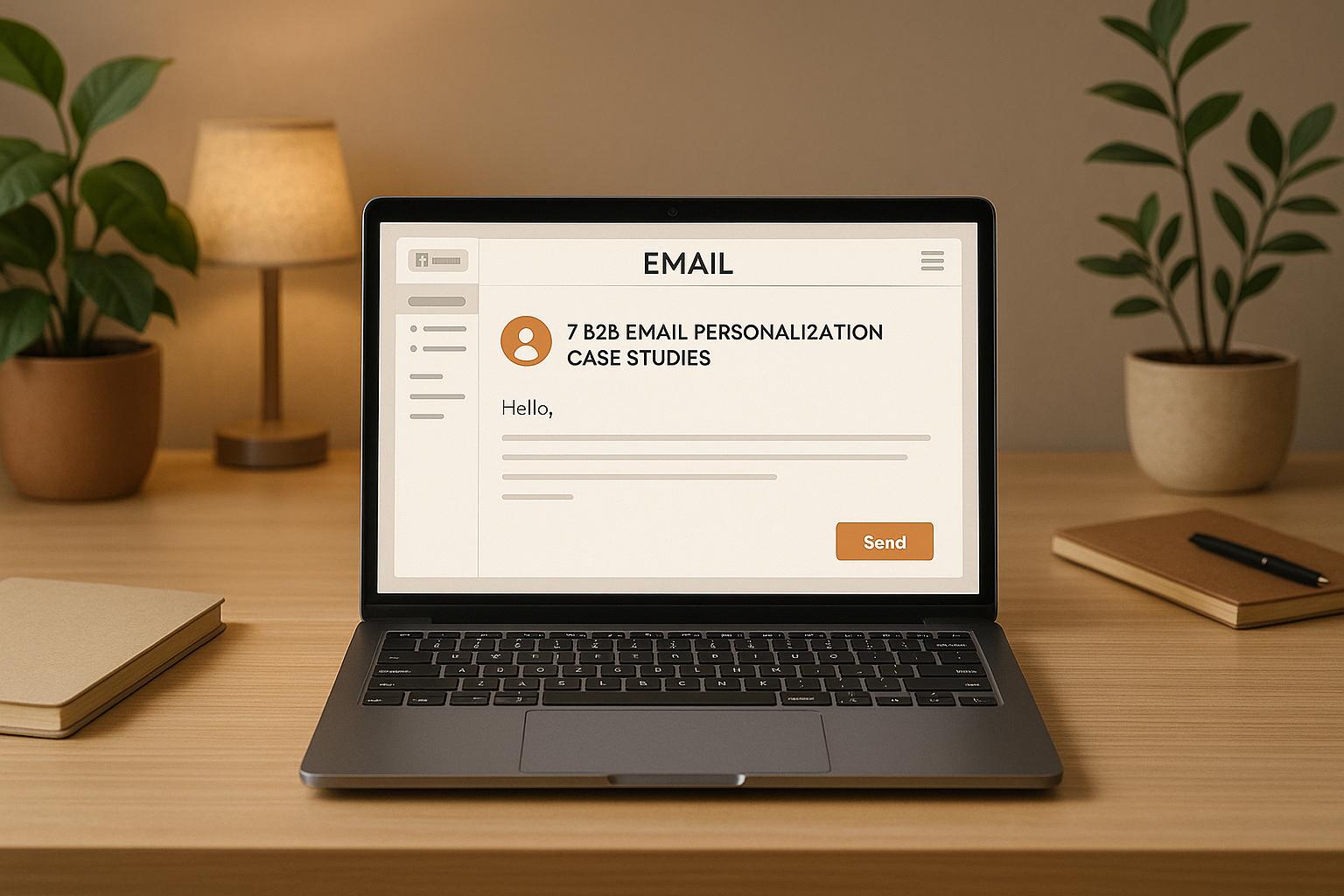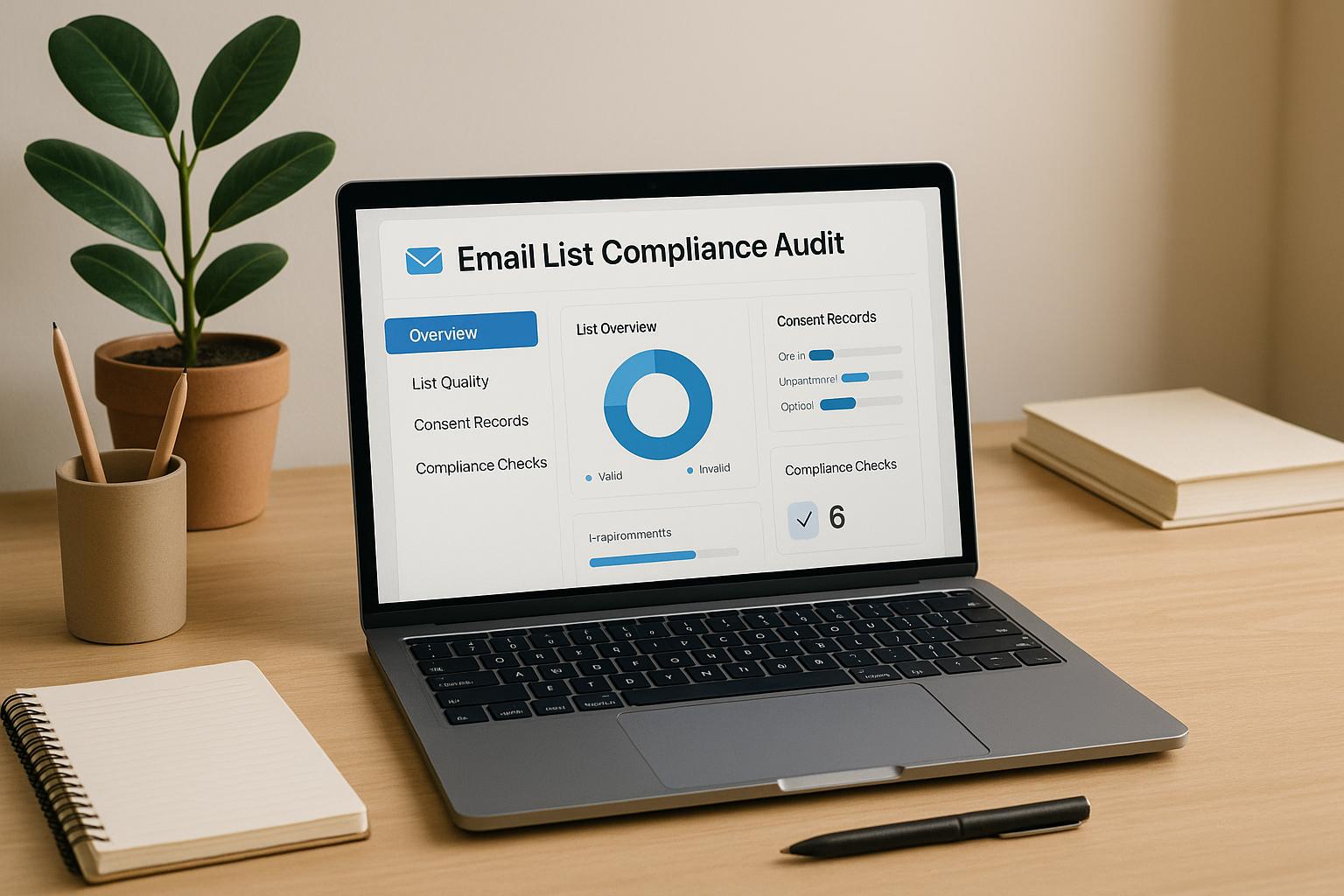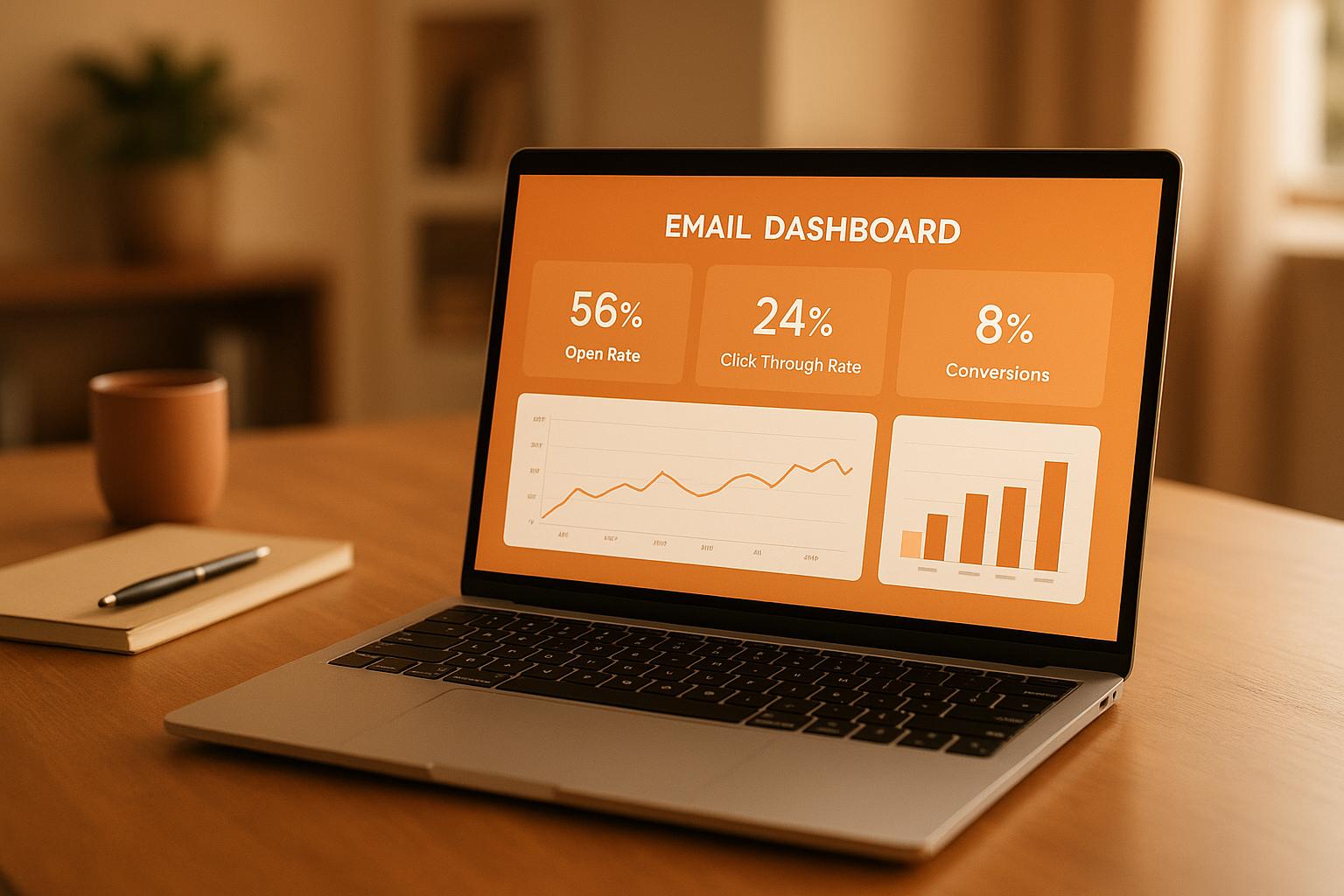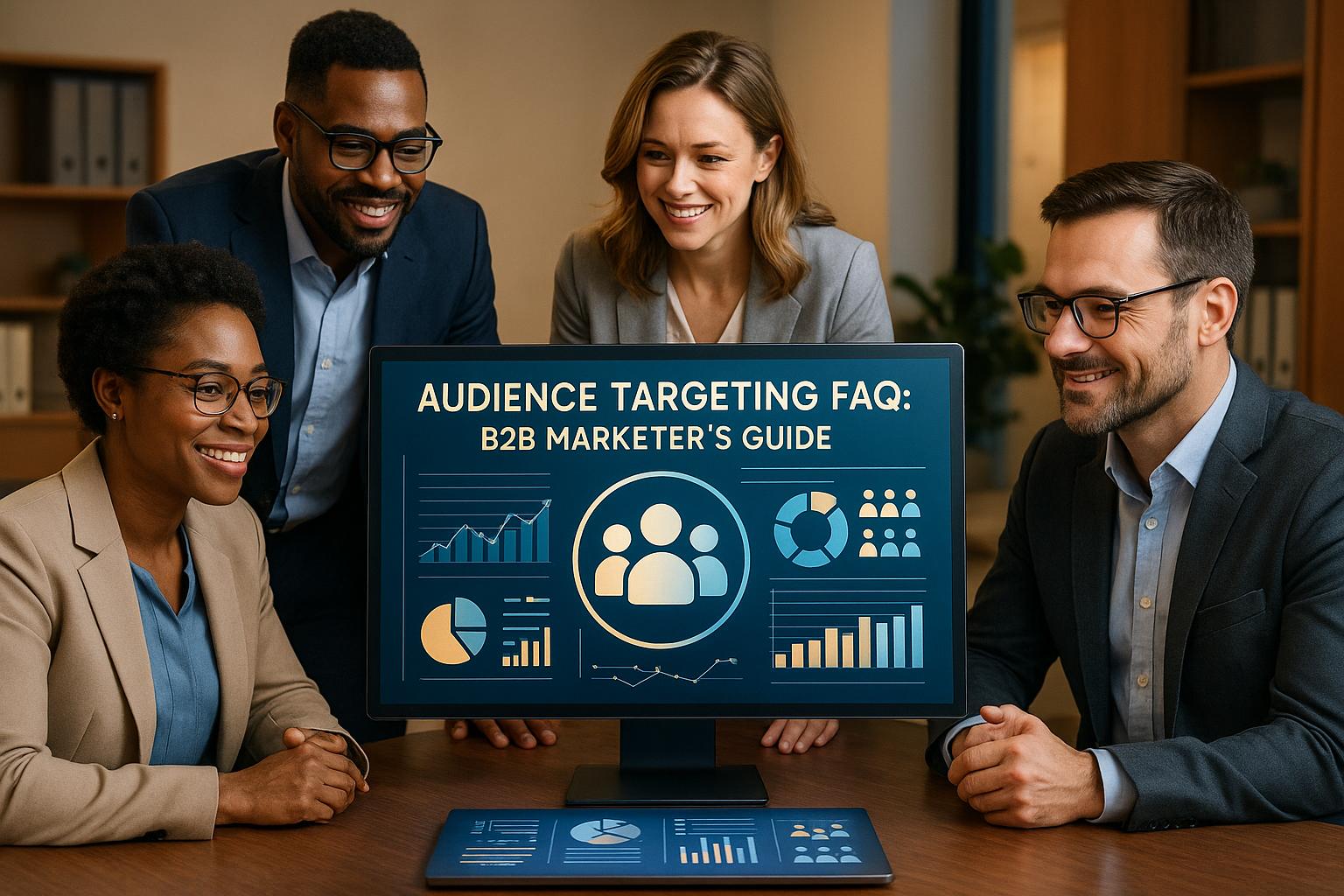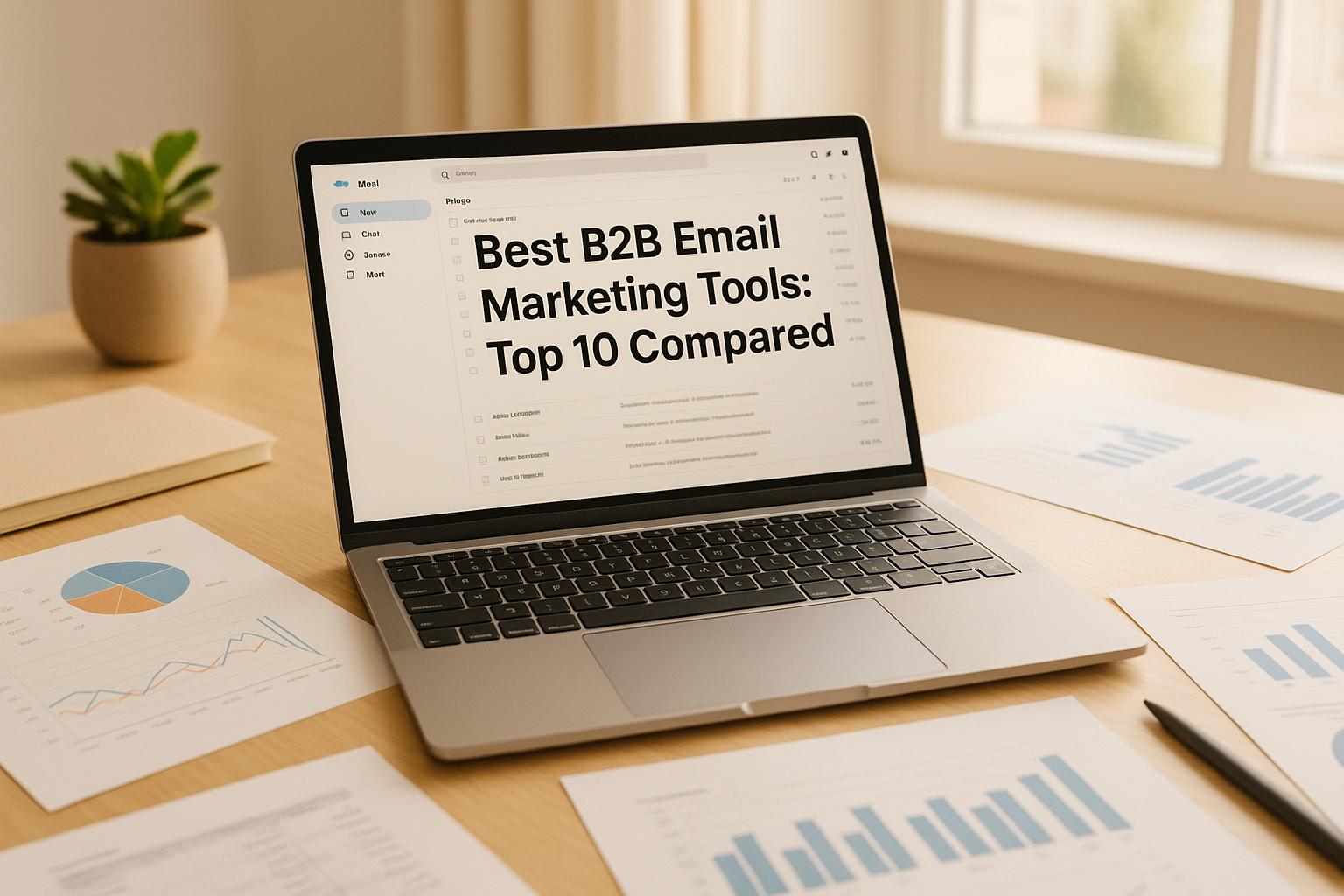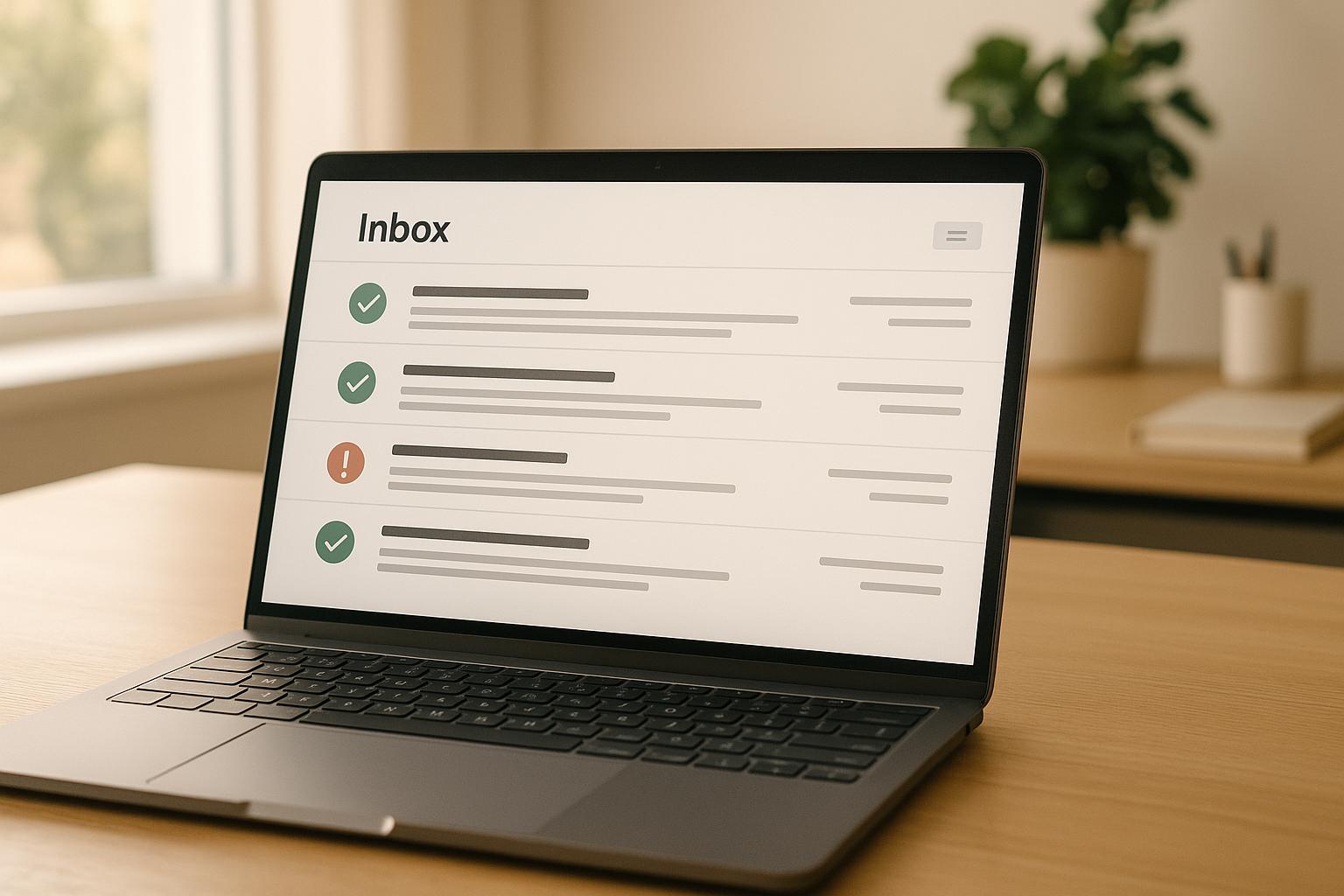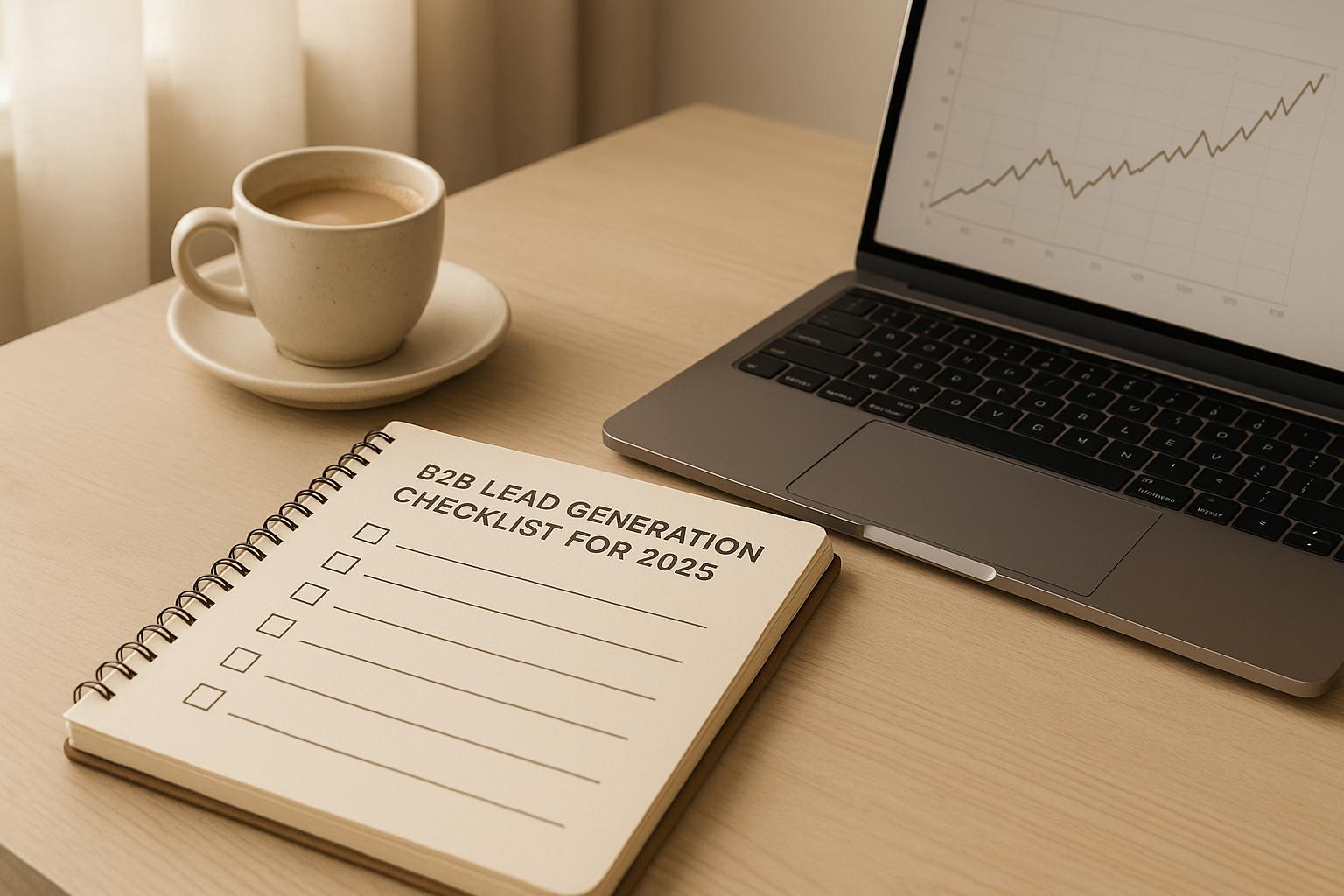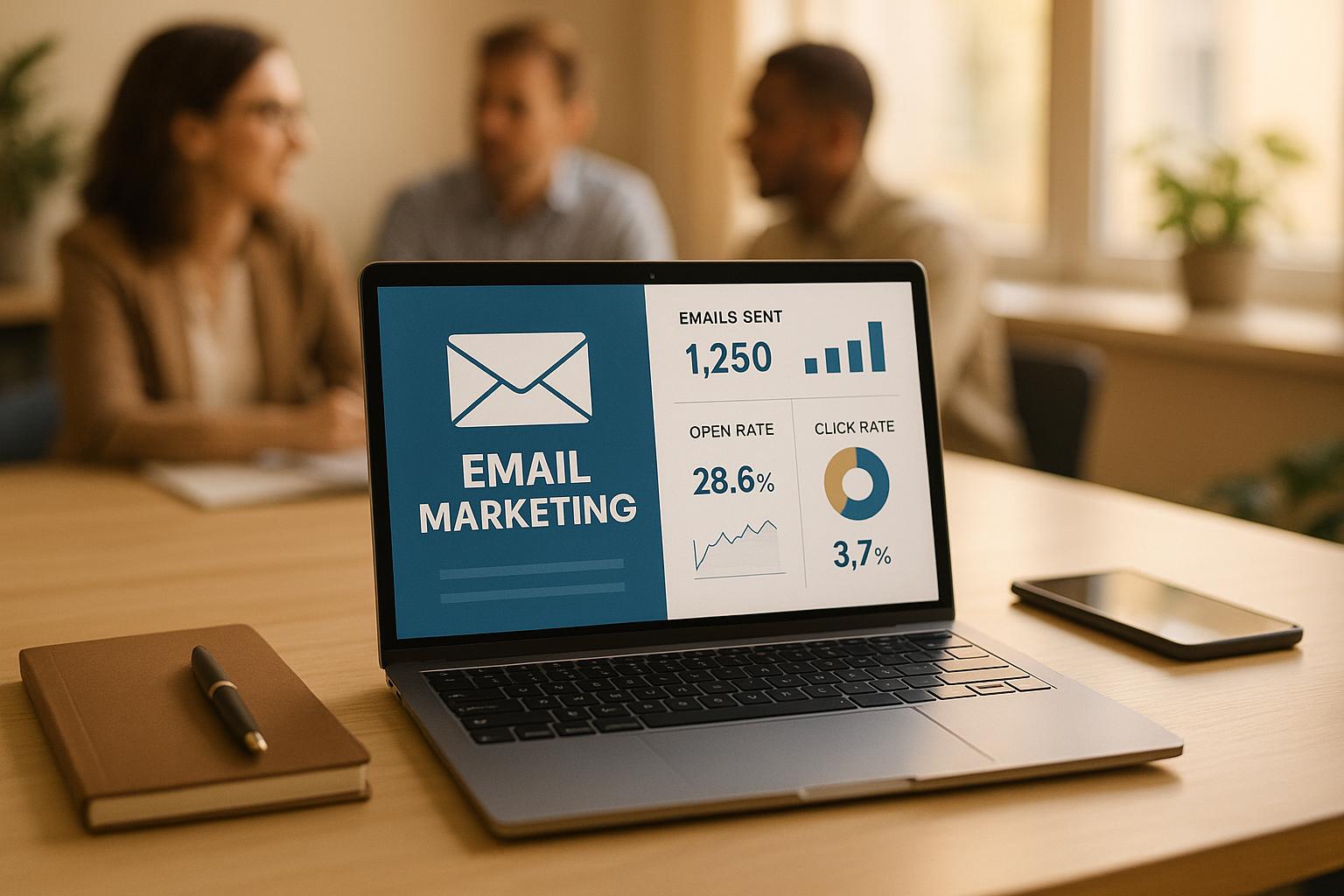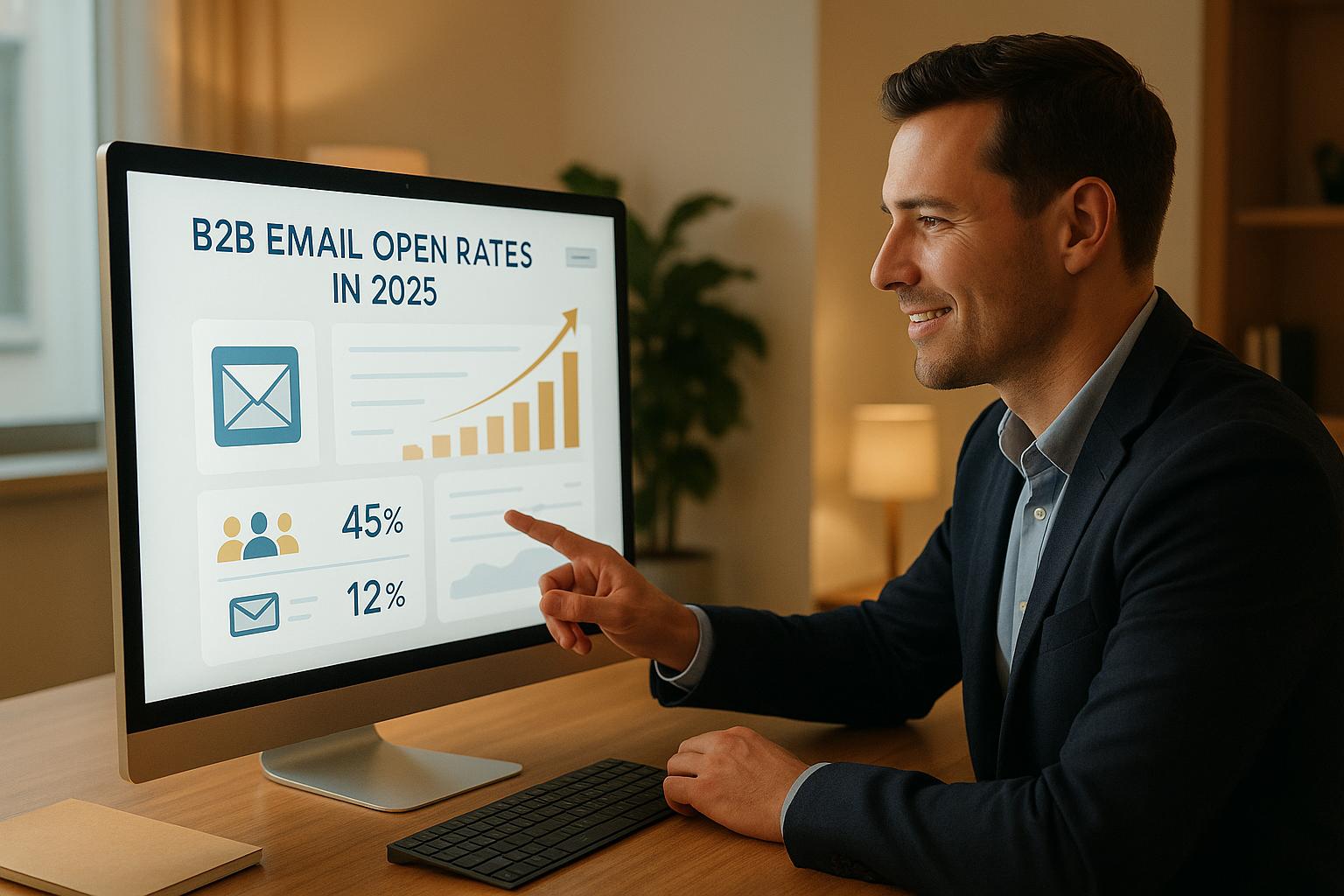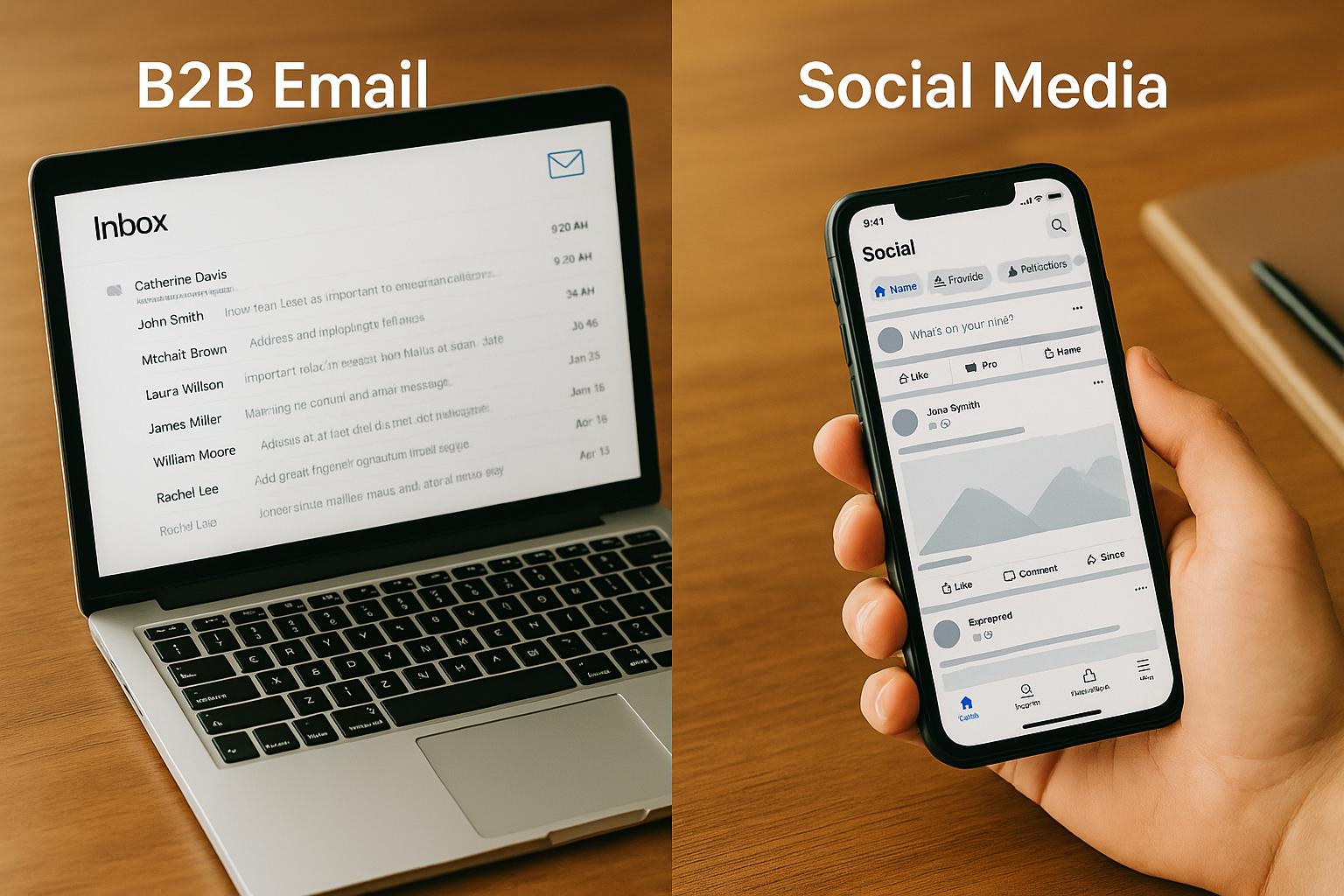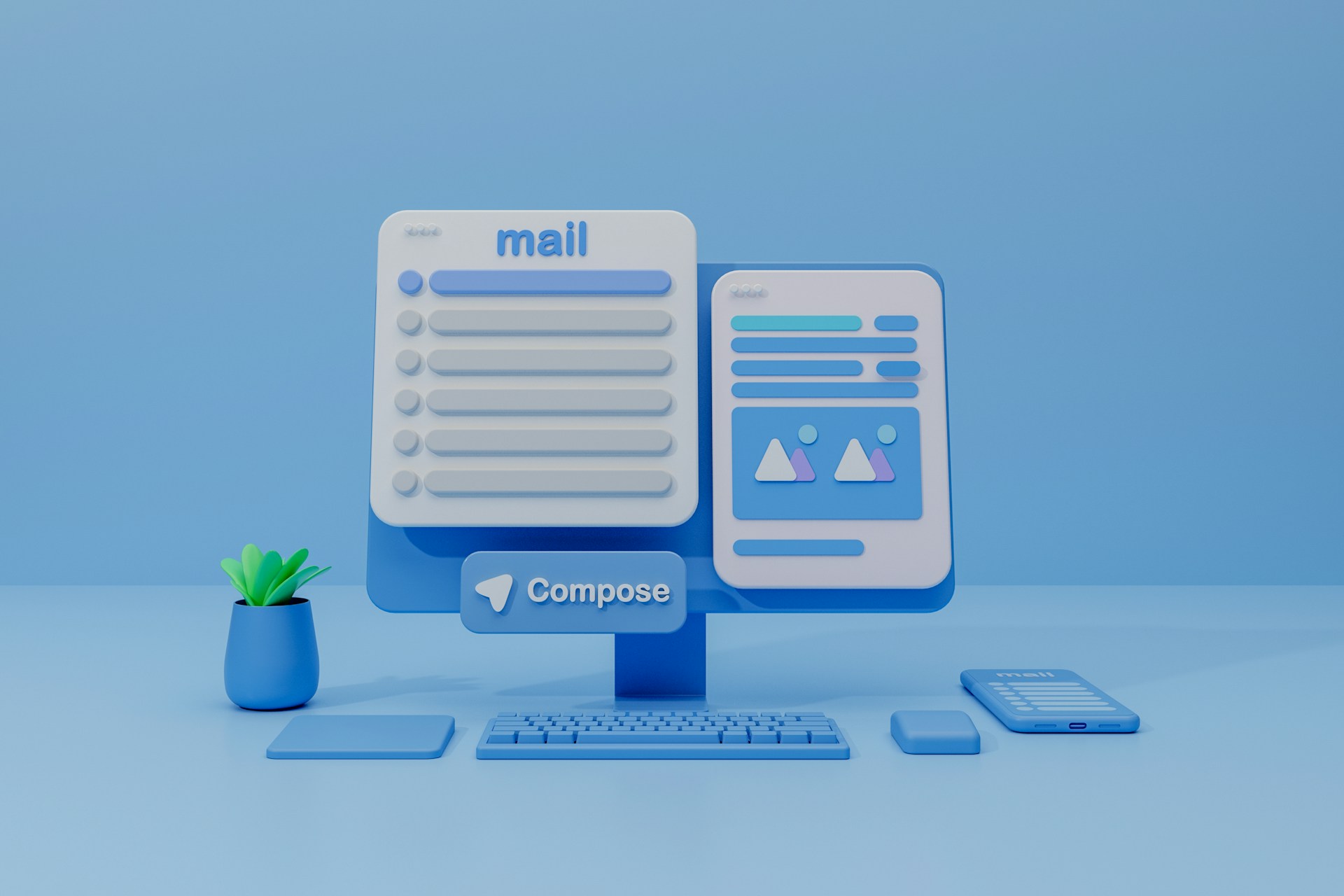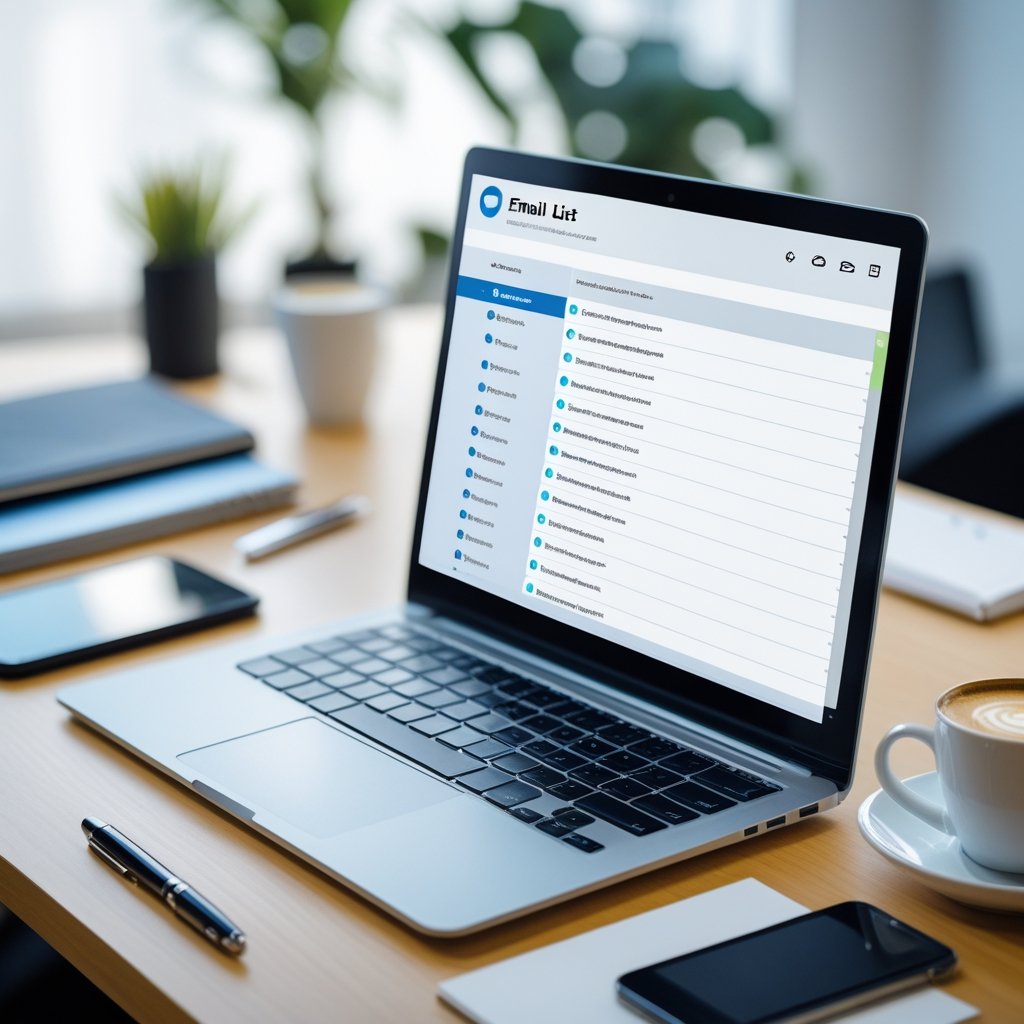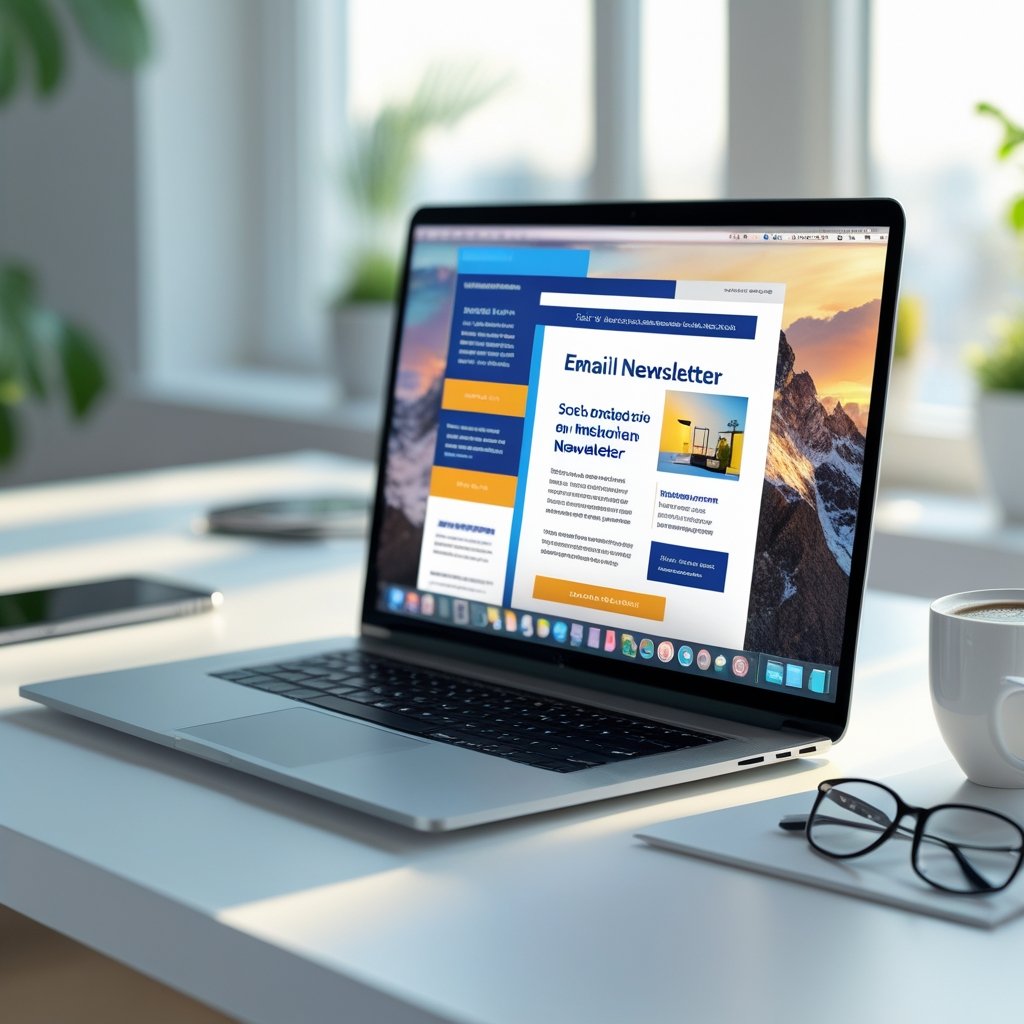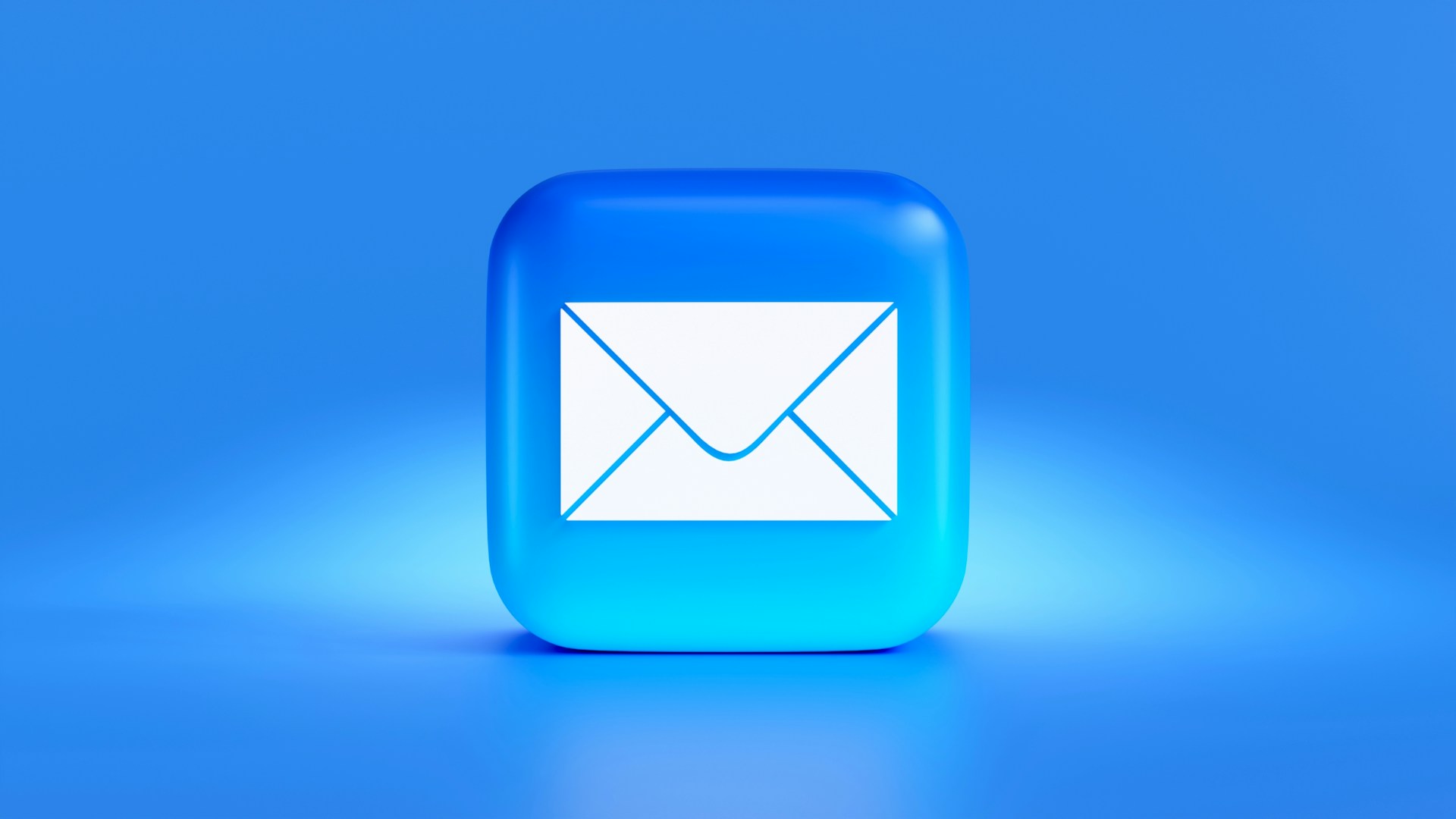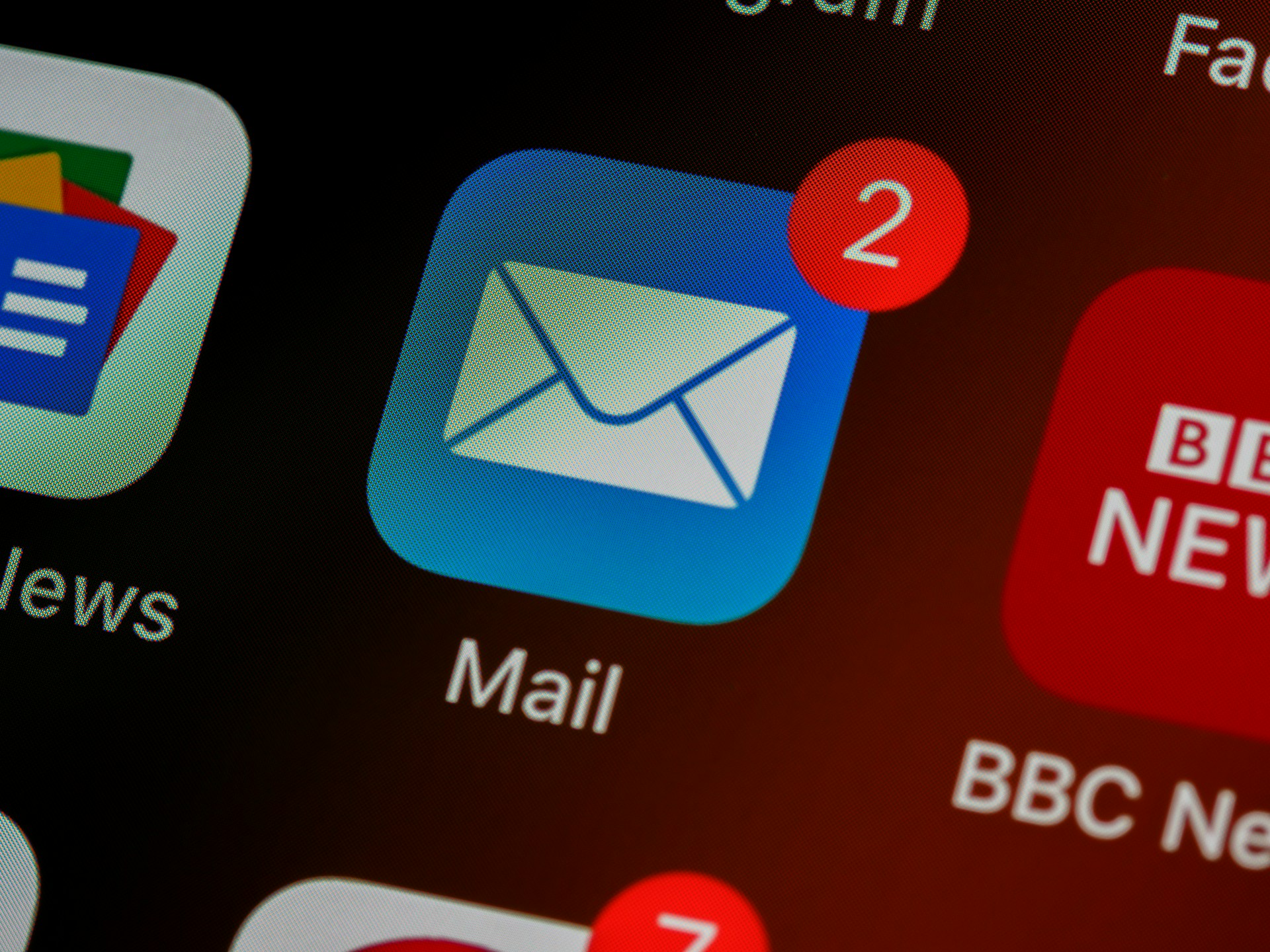Newsletter Engagement Metrics to Boost Your Reader Interaction

If your newsletter is only landing in inboxes without sparking interaction, you’re missing opportunities for growth. The right newsletter engagement metrics show how readers respond—whether they open, click, or share your emails—and give you the data to improve performance.
For consultants, SaaS teams, and B2B marketers, tracking these numbers makes the difference between guessing and building campaigns that consistently drive results. Breaker supports this process by automating list growth and ensuring every subscriber is validated and engaged.
In this article, you’ll learn the most important newsletter engagement metrics, how to interpret them, and how to use the data to refine your content and boost subscriber interaction.
Core Newsletter Engagement Metrics
To see how well your newsletter performs, focus on a few key numbers that show how readers interact with your emails. These include how many people open your messages, click on links, and how engaged those clicks are.
Open Rate
Open rate shows the percentage of subscribers who open your email. It’s a basic but crucial measure because if people don’t open your newsletter, they won’t see your content or offers.
A good open rate varies by industry, but in B2B, a range of 20-30% is common. Improve this by using clear subject lines, a recognizable sender name, and sending at times that match your audience’s routines.
Open rates can be affected by email clients that block images, which are needed to track opens. Still, it’s a solid starting point to see if your subject lines and sending habits connect with your list.
Click-Through Rate
Click-through rate (CTR) measures the percentage of readers who click on a link inside your email. It shows if your content or call to action grabs attention beyond just opening the email.
Higher CTRs mean your message is relevant, your links are clear, and your newsletter design encourages action. Typical B2B CTRs are around 2-5%, but this can vary by niche.
Boost CTR by experimenting with link placement, button design, and concise copy that directs readers clearly. A good automated list growth strategy brings in new engaged subscribers who are more likely to click through your content.
Click-to-Open Rate
Click-to-open rate (CTOR) is the percentage of people who clicked a link after opening your email. This metric shows how interested readers are once they view your content.
While CTR depends on total sends, CTOR only looks at those who opened the email. A strong CTOR means your content matches the subject line’s promise. For B2B, a CTOR of 10-15% or higher is a reasonable goal.
Use CTOR to test different content types, like articles vs. offers, and tailor your newsletter to what your audience values most. High CTOR means your messaging keeps subscribers engaged and ready to act.
Advanced Metrics for Deeper Insights
Tracking beyond basic opens and clicks gives you a clearer view of your newsletter’s health. Monitor how many subscribers stick around, how quickly your list grows, and how often readers share your content to make smarter choices and attract the right audience.
Subscriber Retention Rate
Subscriber retention rate shows how well you keep your readers over time. Calculate it by comparing the number of subscribers at the start and end of a set period, factoring in new sign-ups and unsubscribes.
A high retention rate means your content stays relevant and your audience trusts you. If your rate drops, adjust your topics, frequency, or value proposition.
For B2B newsletters, where quality matters more than quantity, retention signals loyalty. Top tools help maintain retention by automatically targeting and validating leads, reducing the risk of uninterested subscribers signing up.
List Growth Rate
List growth rate measures how fast your subscriber base increases. It looks at new sign-ups minus unsubscribes, divided by the total list size.
Tracking growth helps you see if your marketing tactics work and if you attract the right kind of readers. A steady, healthy growth rate suggests your content resonates and your lead generation efforts pay off.
A trusted automated system can help by continuously adding high-value B2B prospects, making growth predictable and hands-off. This lets you focus on content and engagement while your list expands.
Forwarding and Sharing Rate
The forwarding and sharing rate tells you how often your subscribers pass your newsletter along. This metric shows how valuable or share-worthy your content is.
Encourage forwarding by adding clear calls to action like “Share this with a colleague” or “Forward to a friend.” High rates improve reach without extra cost and bring in new potential subscribers.
Measure this by tracking unique clicks on "share" links or including special tracking codes. Seeing which articles get forwarded most helps you know what topics spark interest and trust among your readers.
Analyzing Subscriber Behavior
Understanding how your subscribers interact with your newsletter helps you improve performance. Watch for patterns over time, inactive readers, and which devices they use. These insights help you make better choices about content, timing, and format.
Engagement Over Time
Tracking engagement trends shows if your newsletter is gaining or losing interest. Focus on open rates, click-through rates, and time spent reading. If you see steady drops, your content may not match subscriber needs, or the frequency may be off.
Use tools to chart engagement week by week or month by month. Compare new subscribers versus long-term readers. New subscribers often engage more at first, but may dip later—spotting when this happens helps you plan re-engagement campaigns.
Adjust your send time and content style based on these trends. For example, A/B testing subject lines or changing email length can boost opens and clicks.
Inactive Subscribers
Inactive subscribers hurt your engagement rates and email deliverability. Identify those who haven’t opened or clicked in the last 3-6 months. Removing or re-engaging them can improve your metrics.
Try re-engagement campaigns with personalized messages or special offers to wake up dormant users. If they stay inactive, prune them from your list to keep it healthy. This makes your reported open and click rates more accurate and improves inbox placement.
A reputable tool automates some of this cleanup, helping you maintain a responsive list without much manual work. Regular pruning keeps your newsletter’s performance sharp and reduces the risk of spam filters flagging your emails.
Device and Platform Trends
Knowing which devices and platforms your subscribers use affects how you design and test your emails. Mobile opens often exceed desktop, so use mobile-friendly layouts with clear calls to action and fast-loading images.
Check the split between iOS, Android, and desktop users. iOS updates can affect tracking, so look at overall behavior, not just tracked clicks. If many readers use a specific email client, test your newsletter on that platform to avoid formatting issues.
By adapting your content and design based on device trends, you increase the chance your message gets read and acted on.
Improving Newsletter Performance
Boosting your newsletter’s impact takes more than just sending emails. Test key elements, tailor your content, and find the right timing to reach your audience. These steps help you increase opens, clicks, and subscriber loyalty.
A/B Testing Engagement Elements
A/B testing means sending two versions of an email to small groups in your list to see which performs better. You can test subject lines, call-to-action buttons, images, or even flyer color.
Try testing:
- Subject lines: Does using a question or a number improve open rates?
- CTA placement: Is a button at the top or bottom driving more clicks?
- Email length: Do shorter emails get more engagement than longer ones?
Use clear performance metrics like open rate and click-through rate to judge winners. Make changes based on data. Over time, A/B testing sharpens your newsletter’s appeal and keeps your audience interested.
Personalization Strategies
Personalization goes beyond adding a subscriber’s name. It means sending content that fits their industry, role, or interests. Segmentation is key. Split your list by job type, company size, or past engagement to tailor messages better.
Personalized emails can:
- Boost open rates by up to 29%
- Increase click rates by 41%
Try dynamic content blocks that change based on subscriber data. Reference recent interactions or milestones to make the message timely. Even simple segmentation improves results. Platforms help you manage this, so your content always feels relevant.
How Small Changes Yield Big Engagement Gains
Even slight adjustments can markedly elevate your newsletter’s performance:
- Single-CTA emails may increase clicks by up to 371% compared to multi-CTA versions.
- Personalized CTAs outperform generic ones by 202%.
- Segmentation typically increases open rates by around 30% and CTRs by up to 50%, though it is more B2C-focused.
These improvements underscore the high leverage of small, targeted changes—particularly valuable when refining email content or layout.
Timing and Frequency Optimization
When you send emails, it impacts how many subscribers read them. Test different days and times to find peak engagement windows. For B2B audiences, midweek mornings often work best, but your list might differ.
Avoid sending too often, which can cause unsubscribes or fatigue. Aim for a consistent schedule — weekly or biweekly — that fits your content volume.
Track these indicators:
Frequency
Potential Impact
Too often
Increased unsubscribes, lower engagement
Too rare
Subscribers forget your brand
Just right
Steady opens and healthy list growth
Use testing and data to refine your sending pattern. Automation tools can help maintain the right frequency.
Leveraging Metrics for Long-Term Growth
To grow your newsletter over time, focus on key engagement metrics like open rates, click-through rates, and subscriber retention. These numbers show how your audience interacts with your content and help you spot what works or needs improvement.
Tracking open rates tells you if your subject lines and send times are effective. If your open rate dips, test different wording or timing.
Click-through rates reveal how well your content drives action. If clicks are low, use clearer calls to action or more relevant links.
Retention matters just as much. Watch how many subscribers stay engaged over months. High churn means you might need fresher content or better targeting.
You can use simple tables or lists to organize your data and spot trends. For example:
Metric
Goal
What to Do If Low
Open Rate
20-30%+
Change subject line/timing
Click-Through Rate
3-10%
Improve CTA, add links
Retention Rate
80%+ over 6 months
Refresh content, segment list
Platforms help automate these tasks by growing your list with high-value B2B subscribers and managing deliverability for you.
Regularly reviewing metrics lets you adjust your strategy before small issues become big problems. Over time, this leads to steady, predictable newsletter growth and better lead generation.
Turn Your Landing Page Into a Subscriber Magnet
Optimizing your newsletter landing page is one of the highest-leverage moves you can make for subscriber growth. By applying proven design principles, testing variations, and tracking benchmarks, you’ll create a streamlined experience that converts visitors into loyal readers.
Every improvement—from a sharper headline to a simplified form—compounds over time, driving more qualified sign-ups with less effort. Breaker helps teams scale this process by automating list growth and ensuring every subscriber is validated and engaged.
Ready to boost your newsletter conversions? Explore how it supports high-performing landing pages and predictable list growth—schedule a demo today.
Frequently Asked Questions
Understanding key numbers like open rates, click rates, and unsubscribe rates is essential for improving your newsletter’s performance. You also want to know how to target the right audience and make your content more engaging.
What are the top indicators of a successful newsletter campaign?
Look at your open rate, click-through rate, and conversion rate. A high open rate means your subject lines and timing work well. Click-through rate shows how compelling your content and calls-to-action are.
Conversion rate tells you if your newsletter drives the actions you want, like sign-ups or purchases.
How can I improve my newsletter's open rate?
Use clear and relevant subject lines. Personalize emails when possible, and send at times when your audience is most active. Also, make sure your sender name is recognizable. Clean your list often to remove inactive subscribers that lower your overall open rate.
What strategies can increase my email click-through rates?
Place strong, clear calls-to-action early in your content. Use engaging images or buttons and keep your message concise. Segment your list to send targeted content based on interests. Testing different formats helps find what your audience prefers.
How do I track and interpret engagement in my email newsletters?
Use metrics like open rate, click-through rate, bounce rate, and unsubscribe rate. Breaker users often track subscriber growth alongside these. Compare these numbers over time to see what content or sending times work best. Look for patterns in clicks to identify what topics resonate.
Can you suggest ways to reduce unsubscribe rates in our newsletters?
Provide relevant content that matches your audience’s interests. Avoid sending too frequently, which can annoy subscribers. Make it easy to update preferences instead of unsubscribing. Listen to feedback and use data to adjust your approach regularly.
What methods work best for segmenting newsletter audiences for more targeted engagement?
Segment by factors like industry, job role, behavior, or past engagement. For example, divide subscribers who frequently click links from those who don’t to tailor your messaging. Breaker lets you segment your list so you can focus on subscribers who are more likely to engage and convert.




